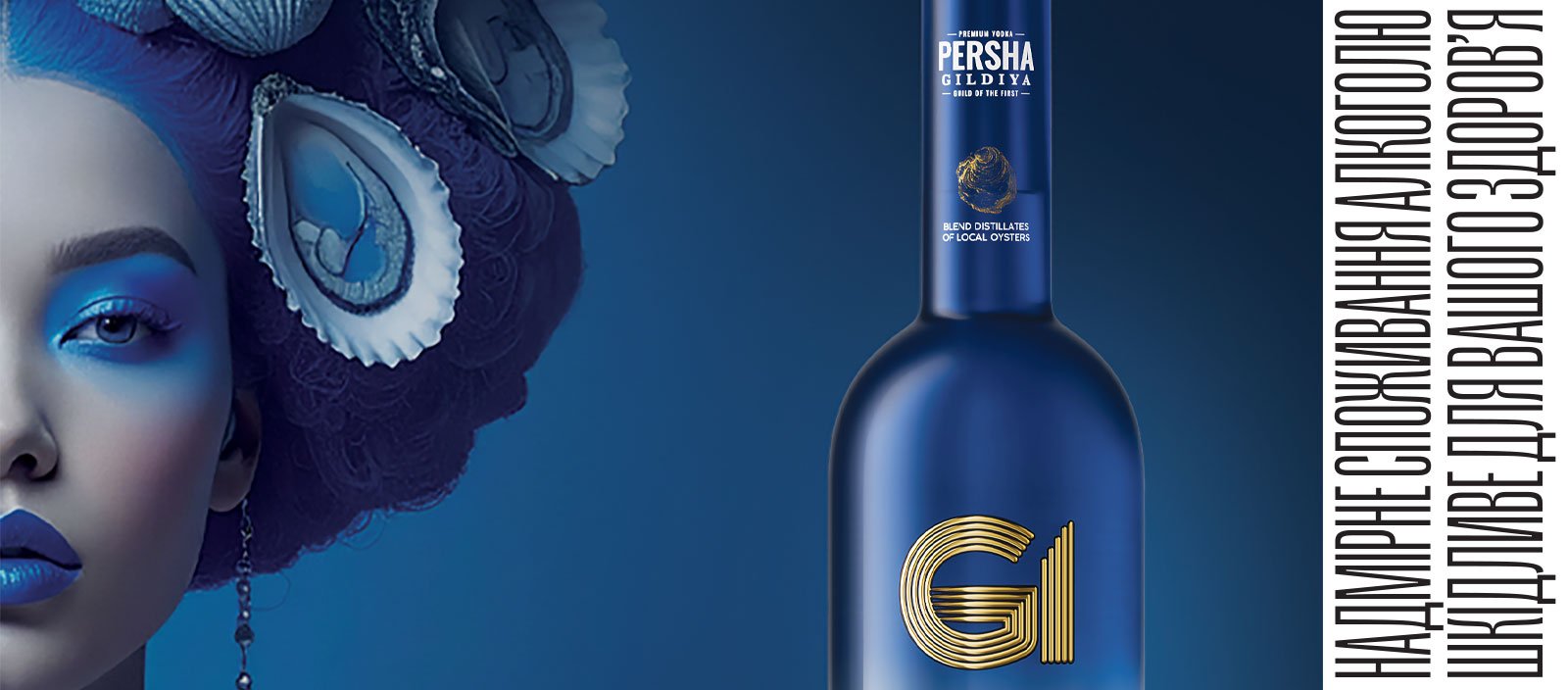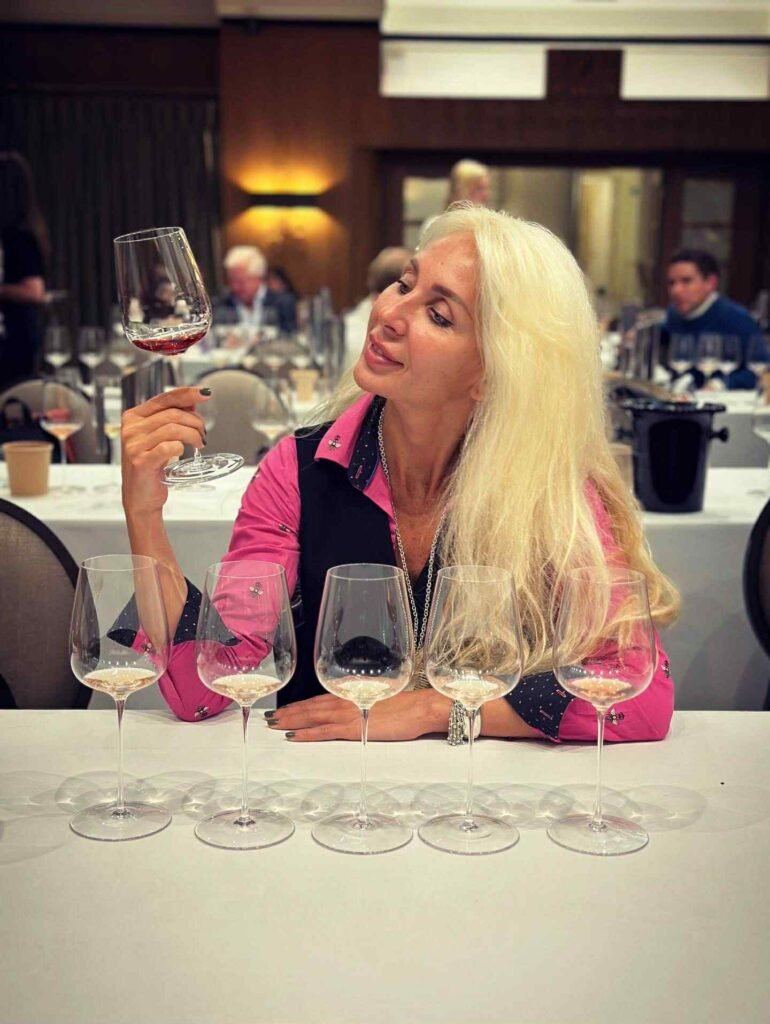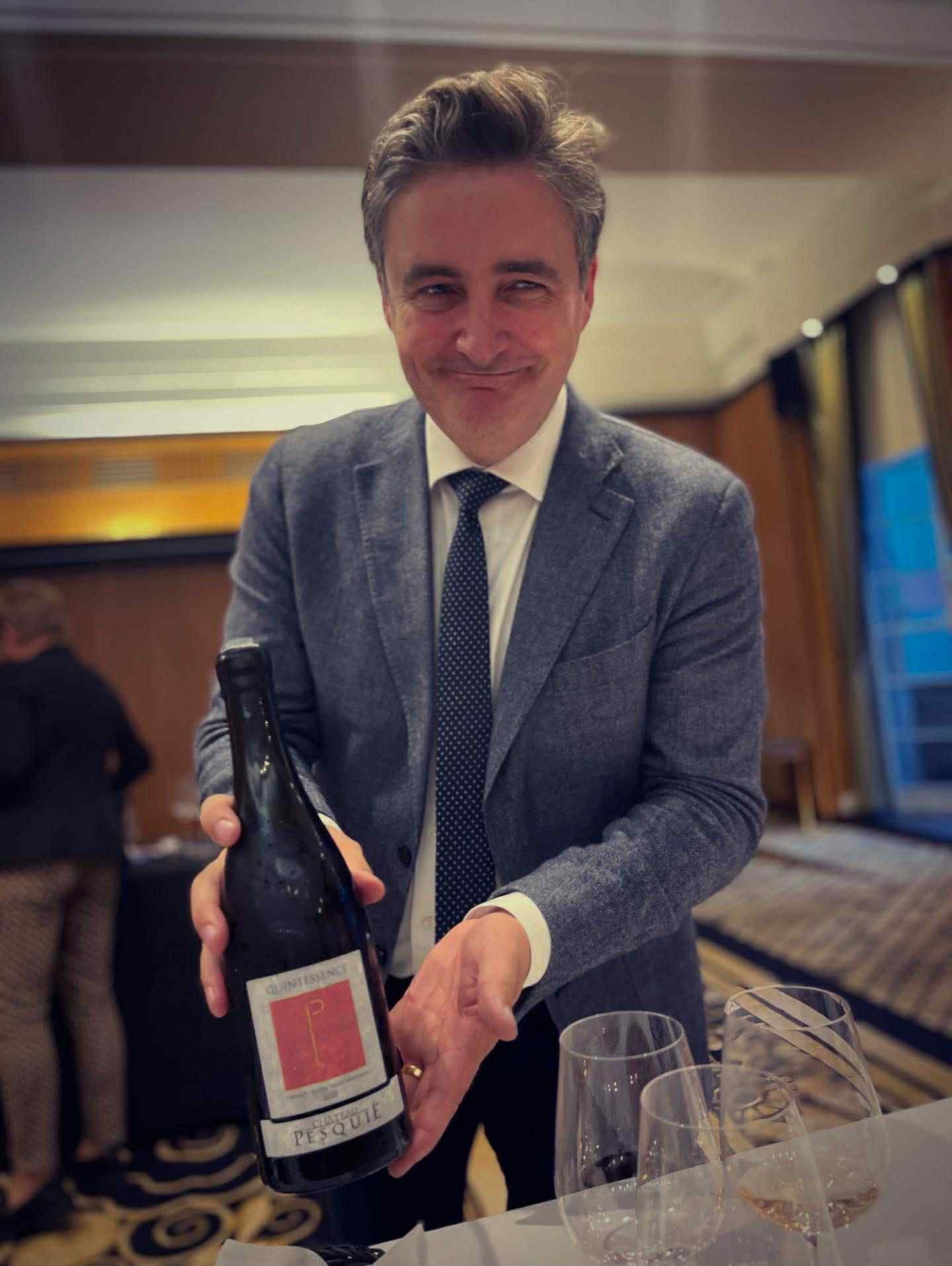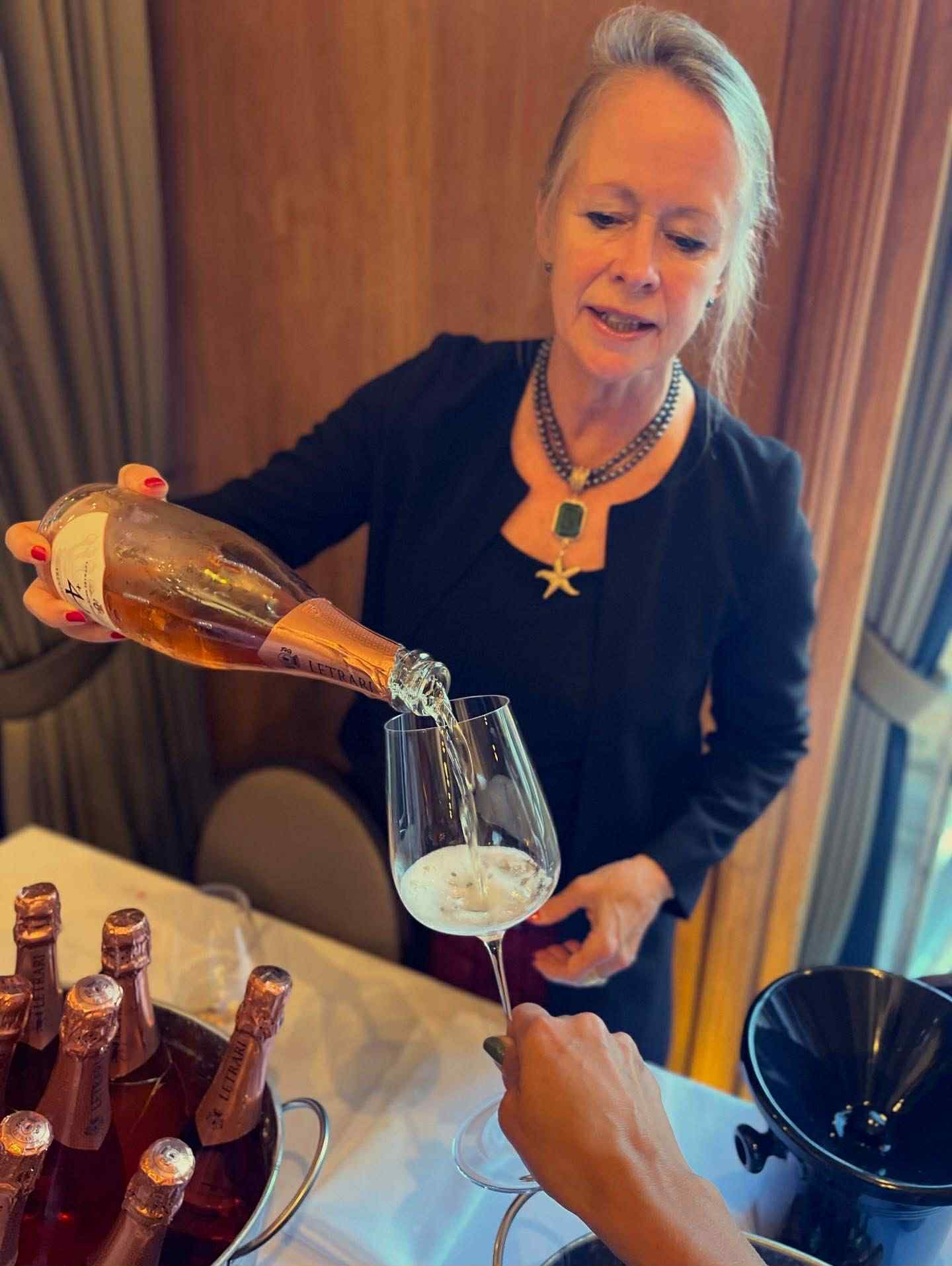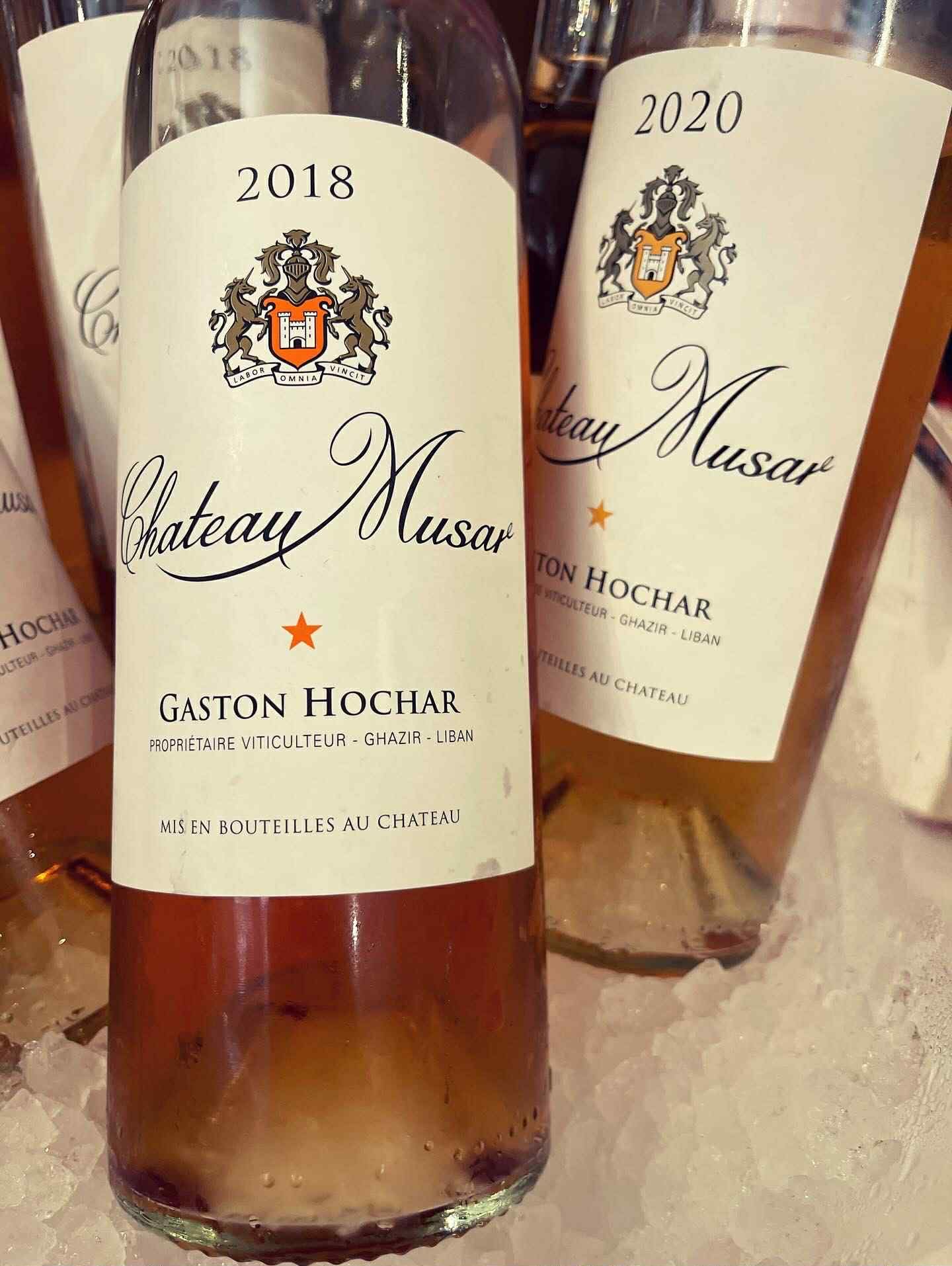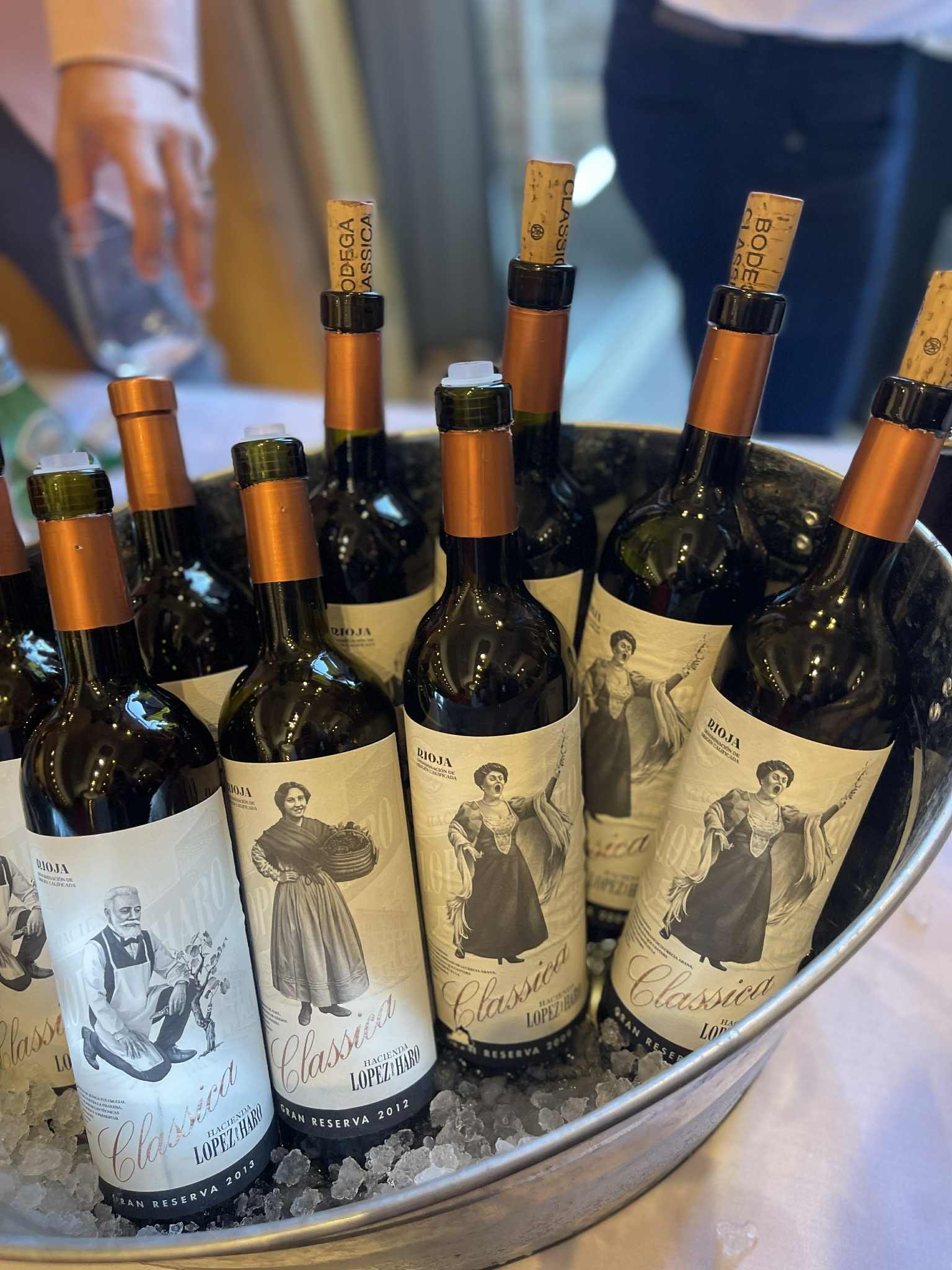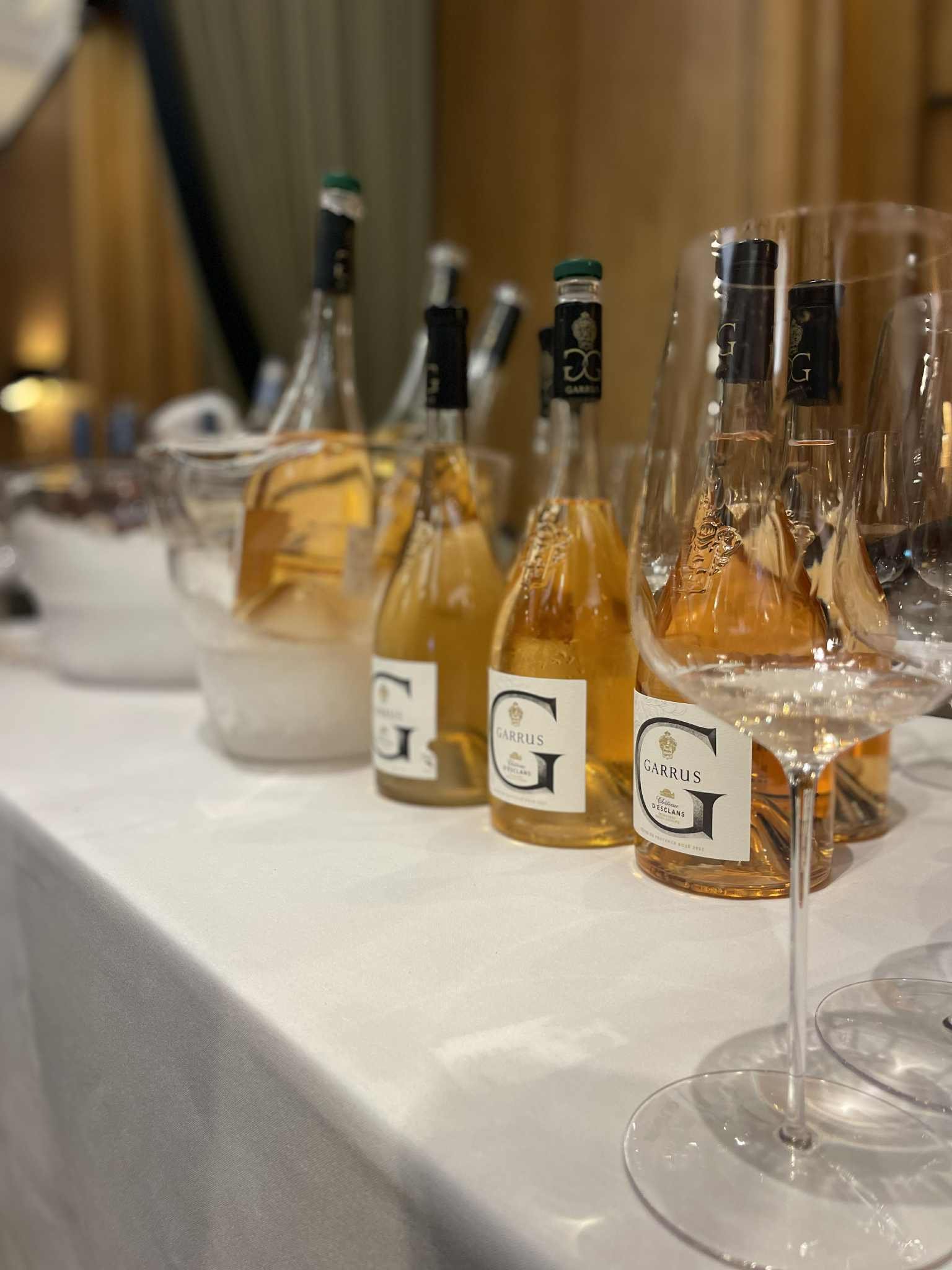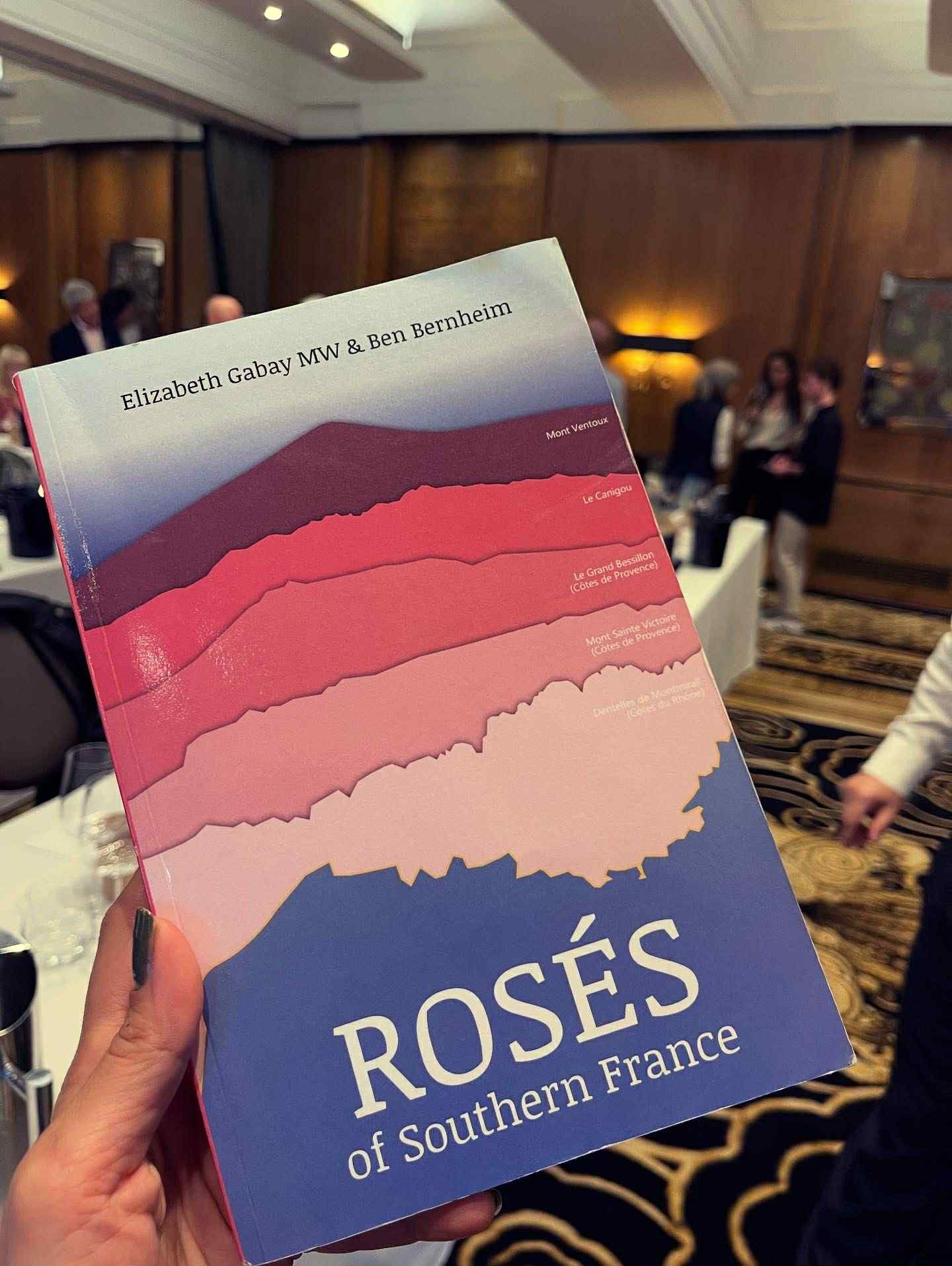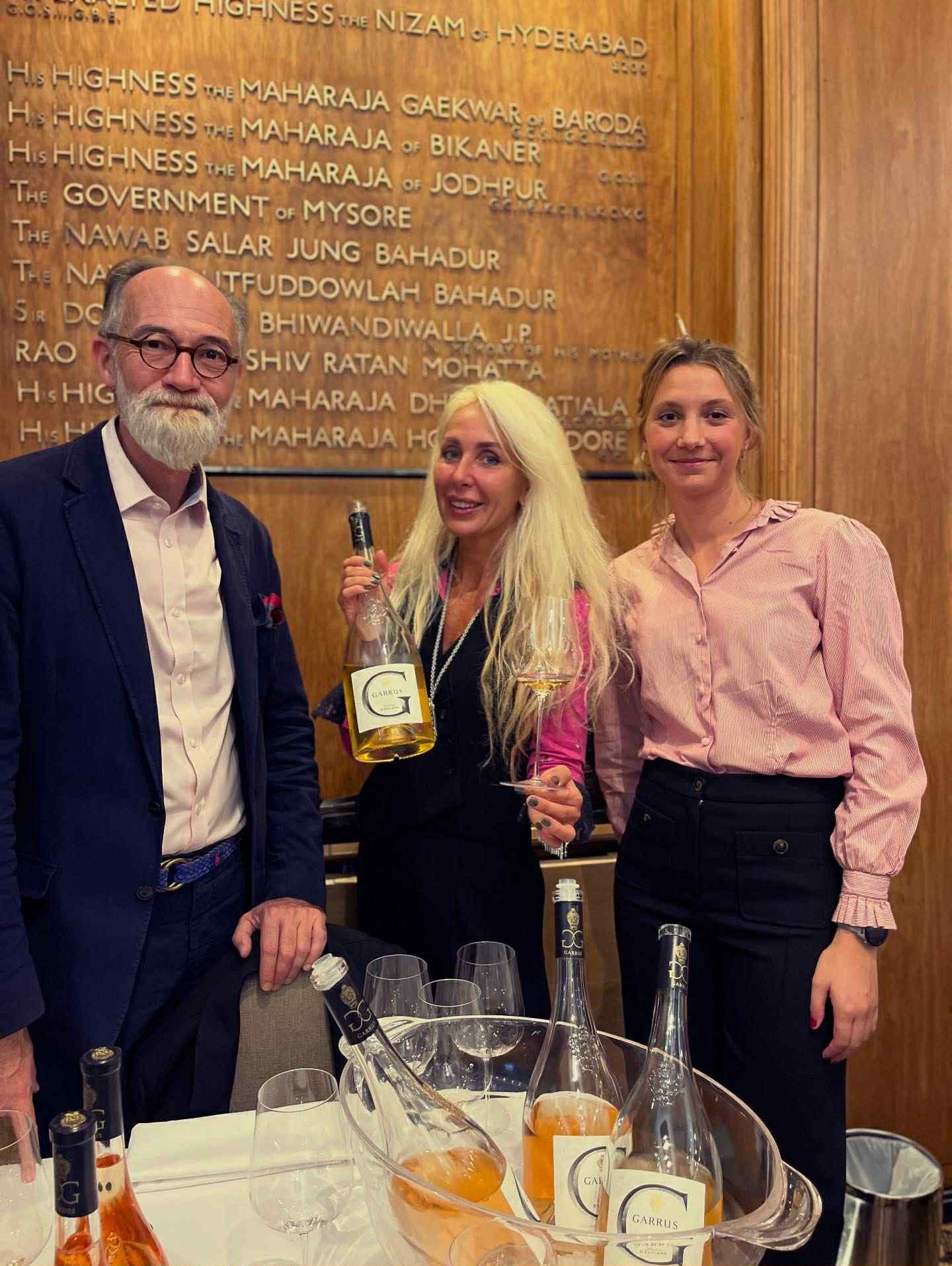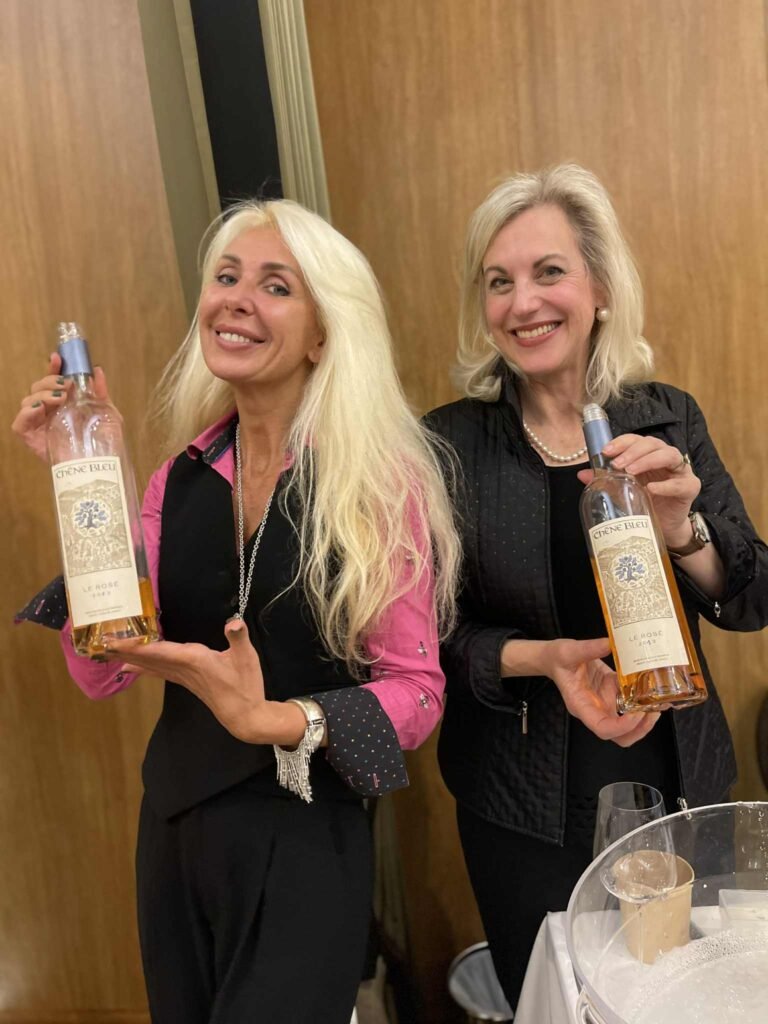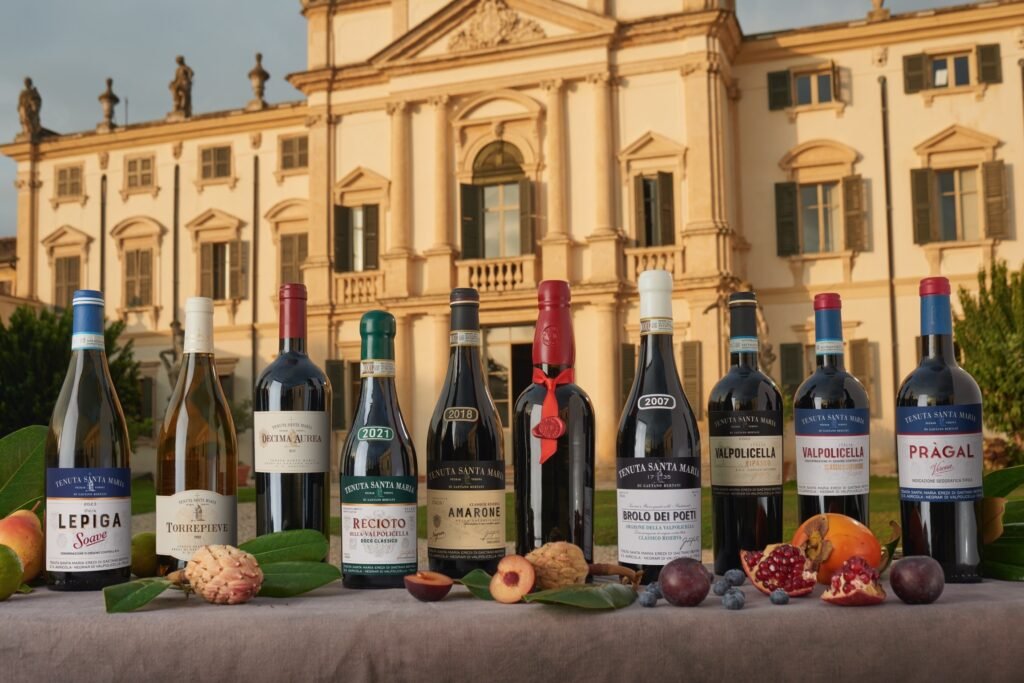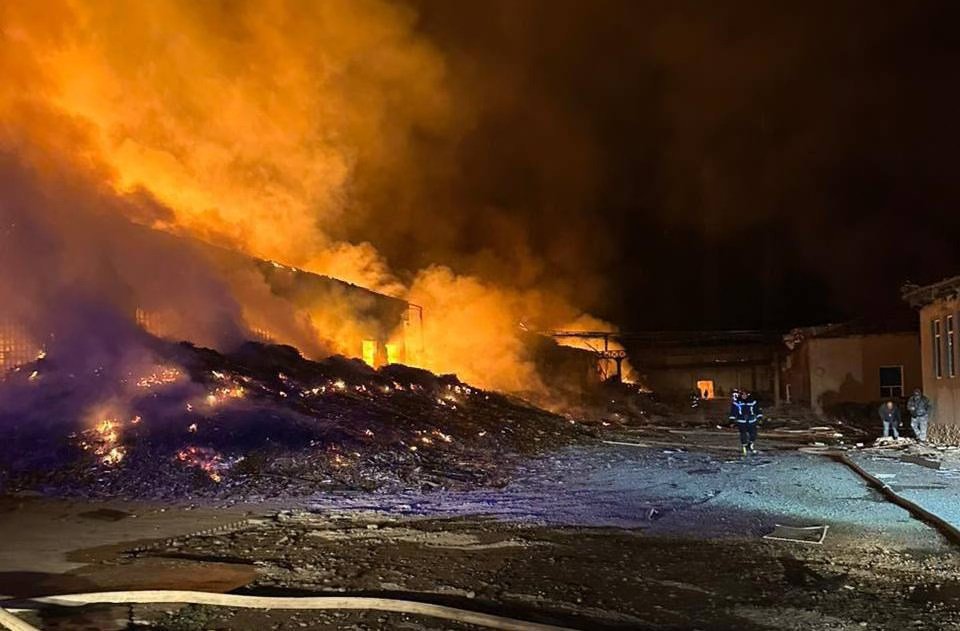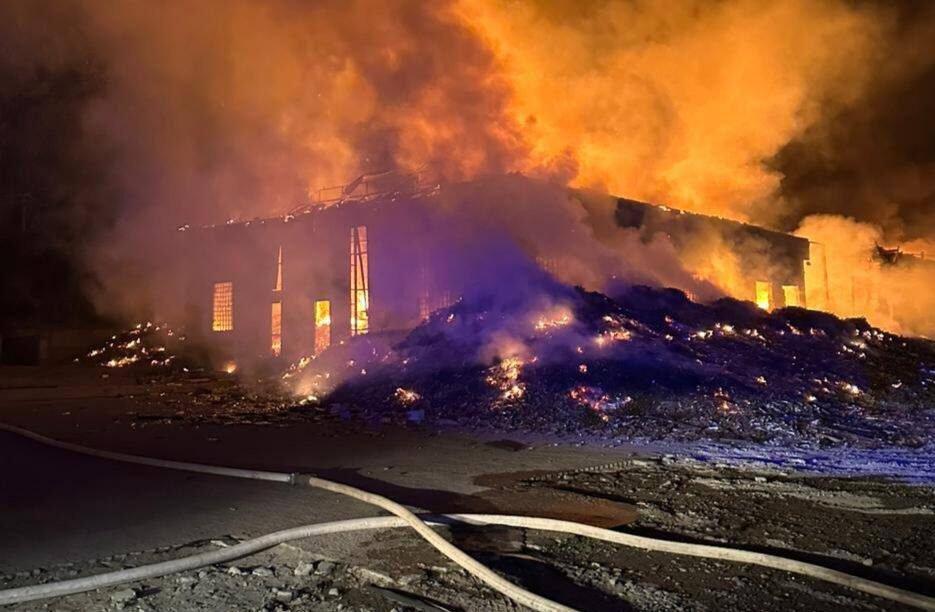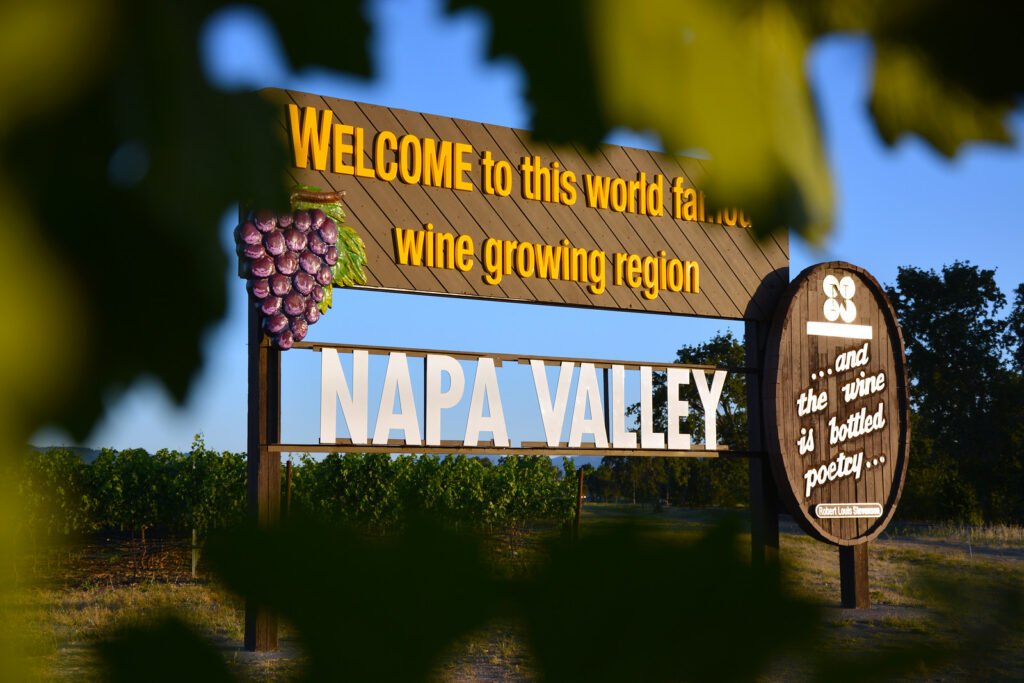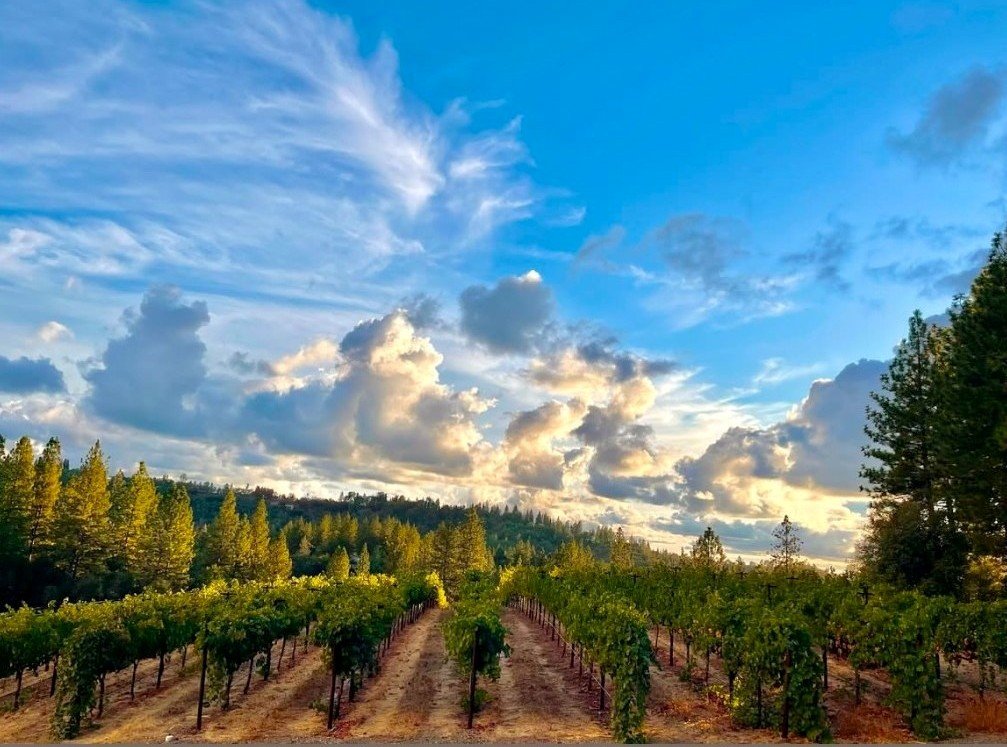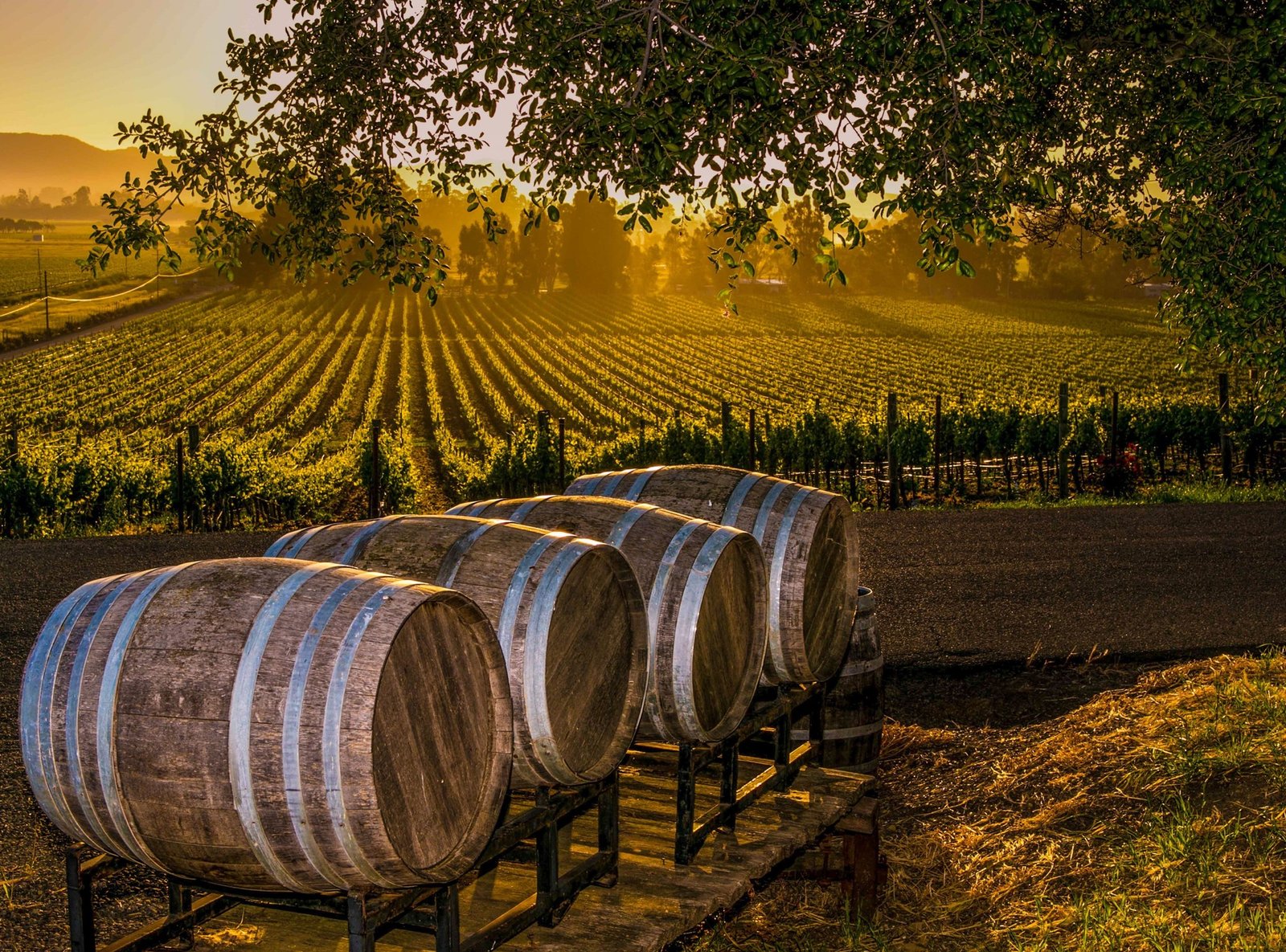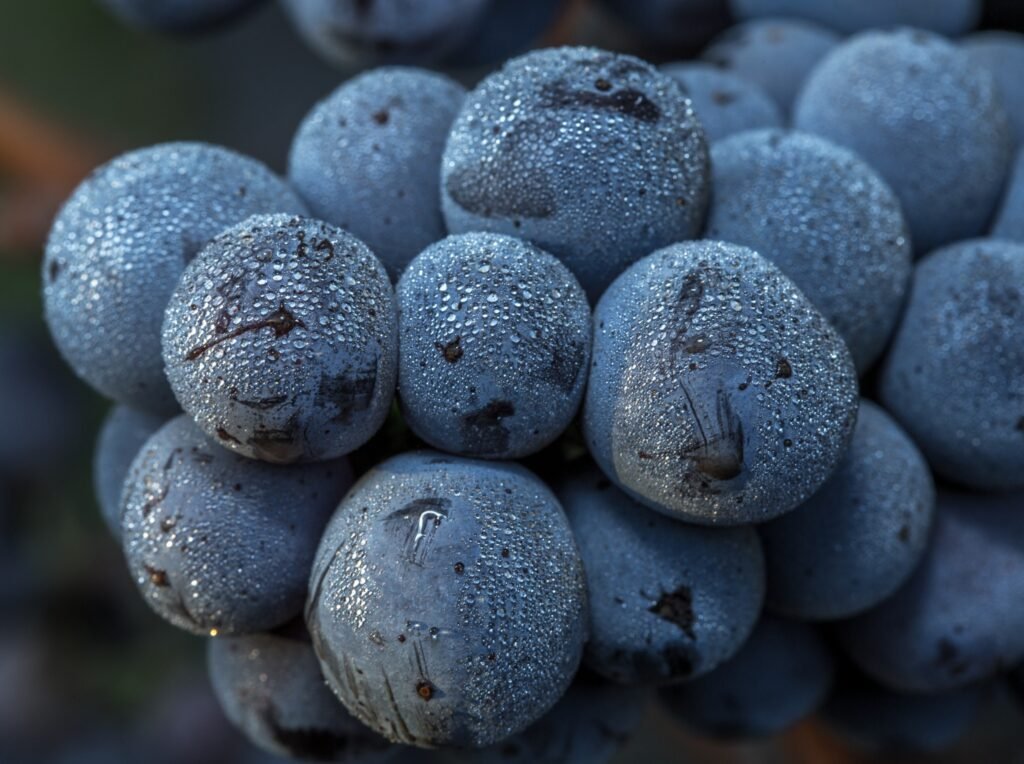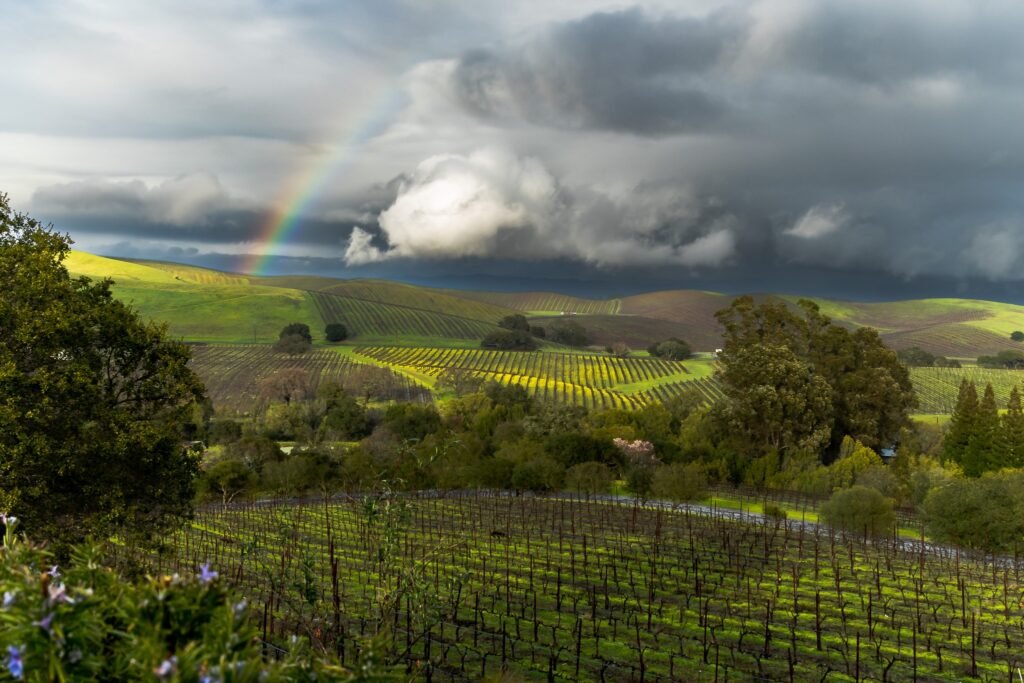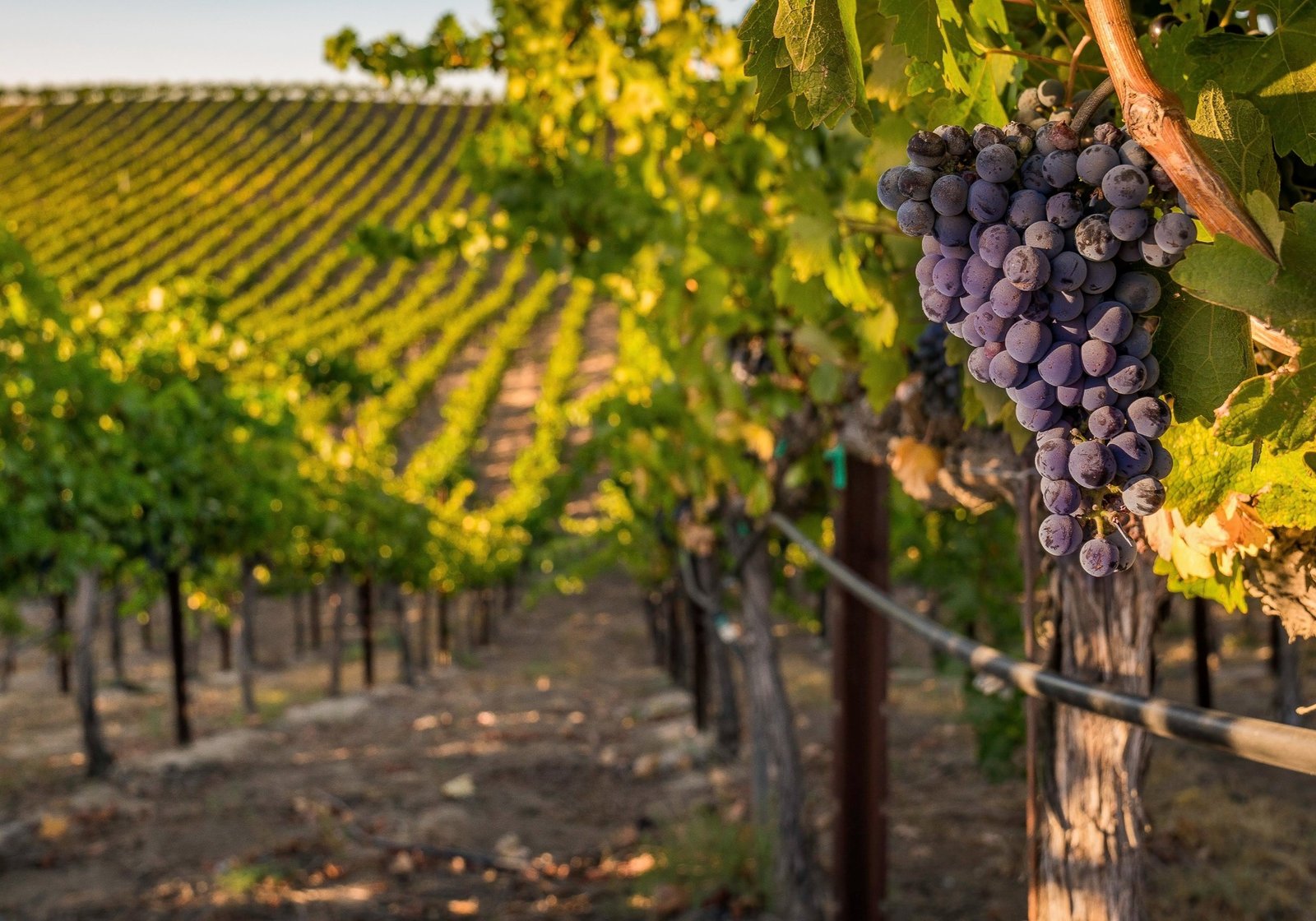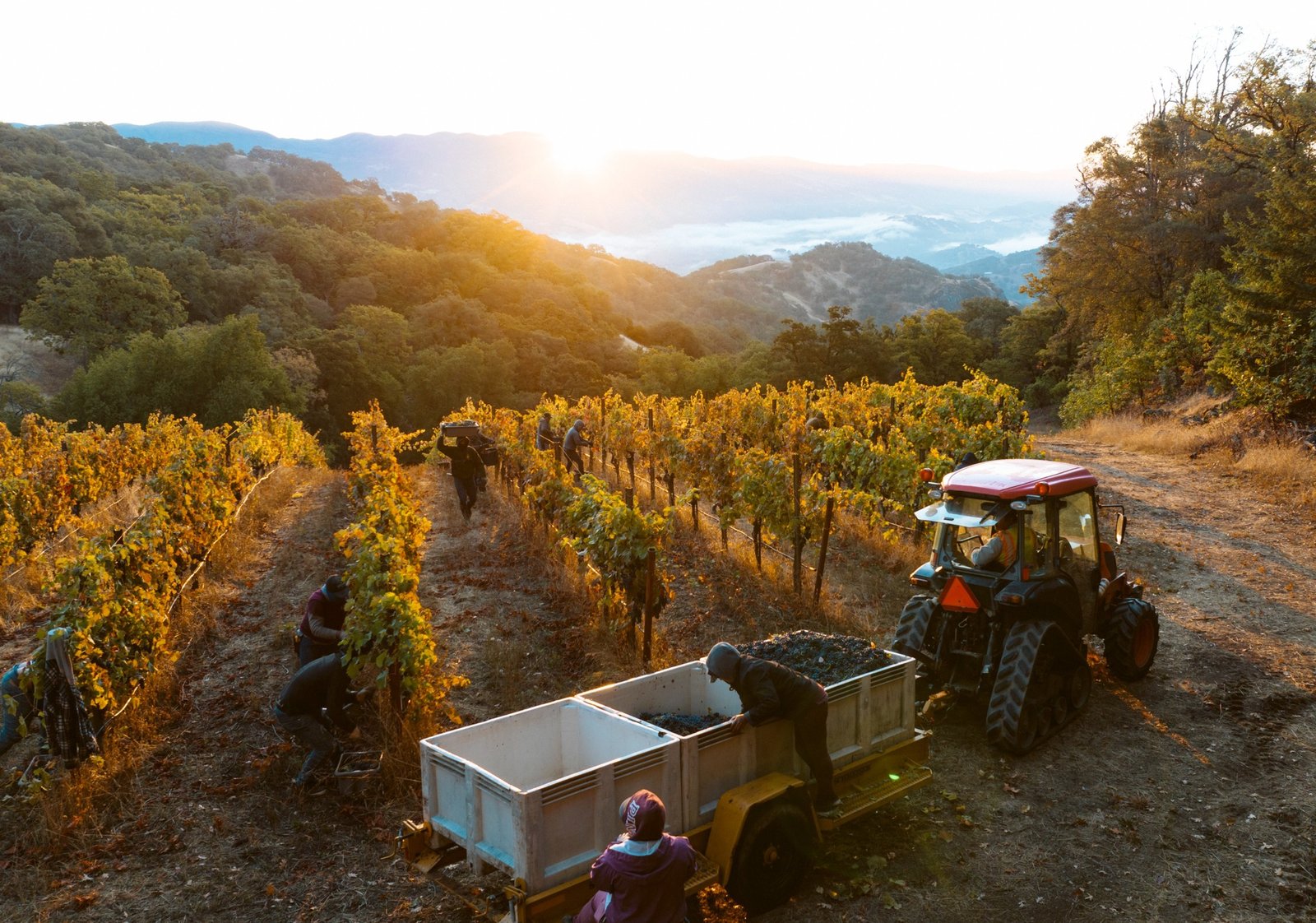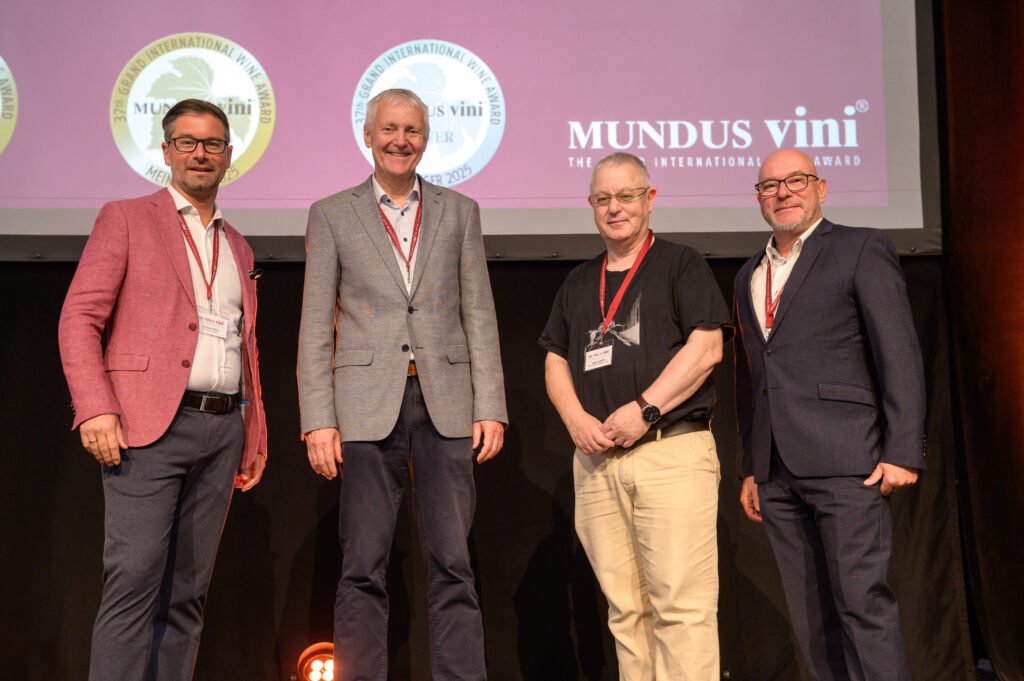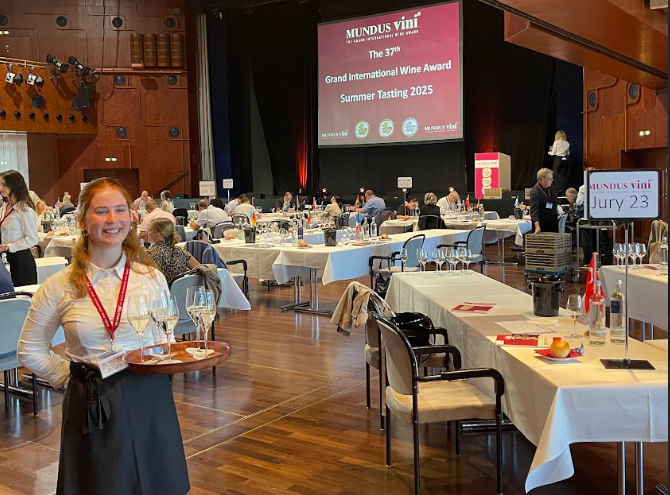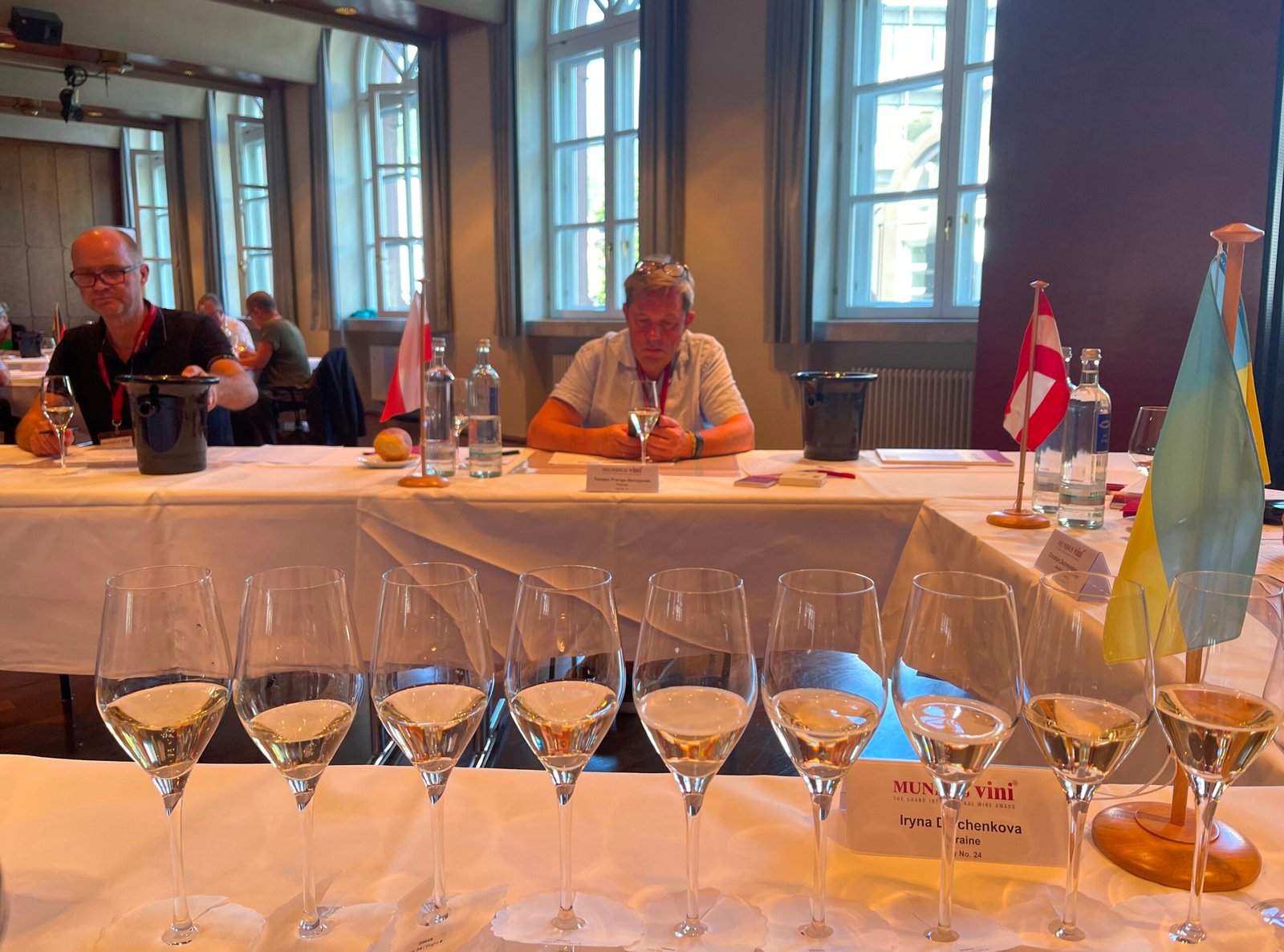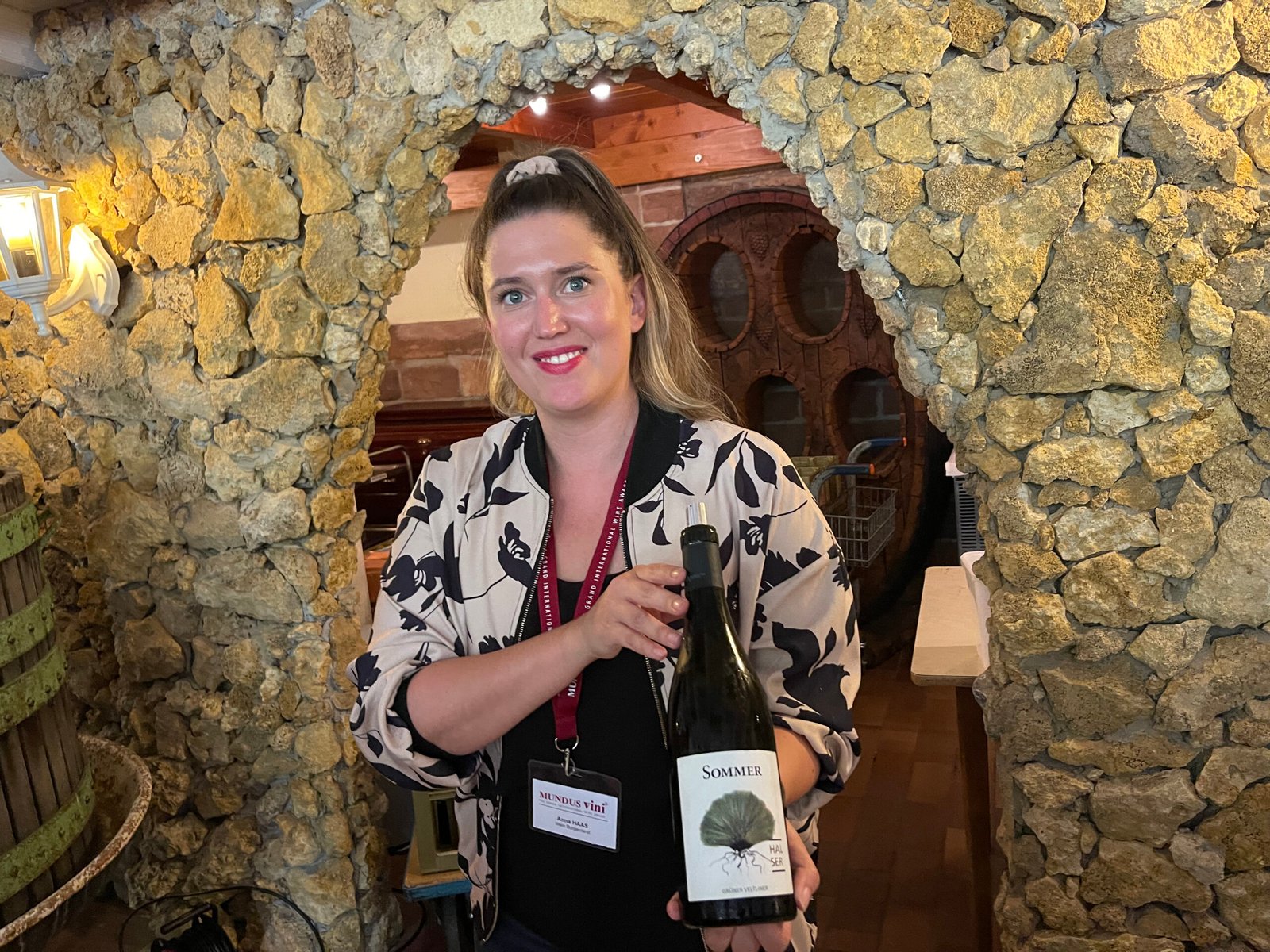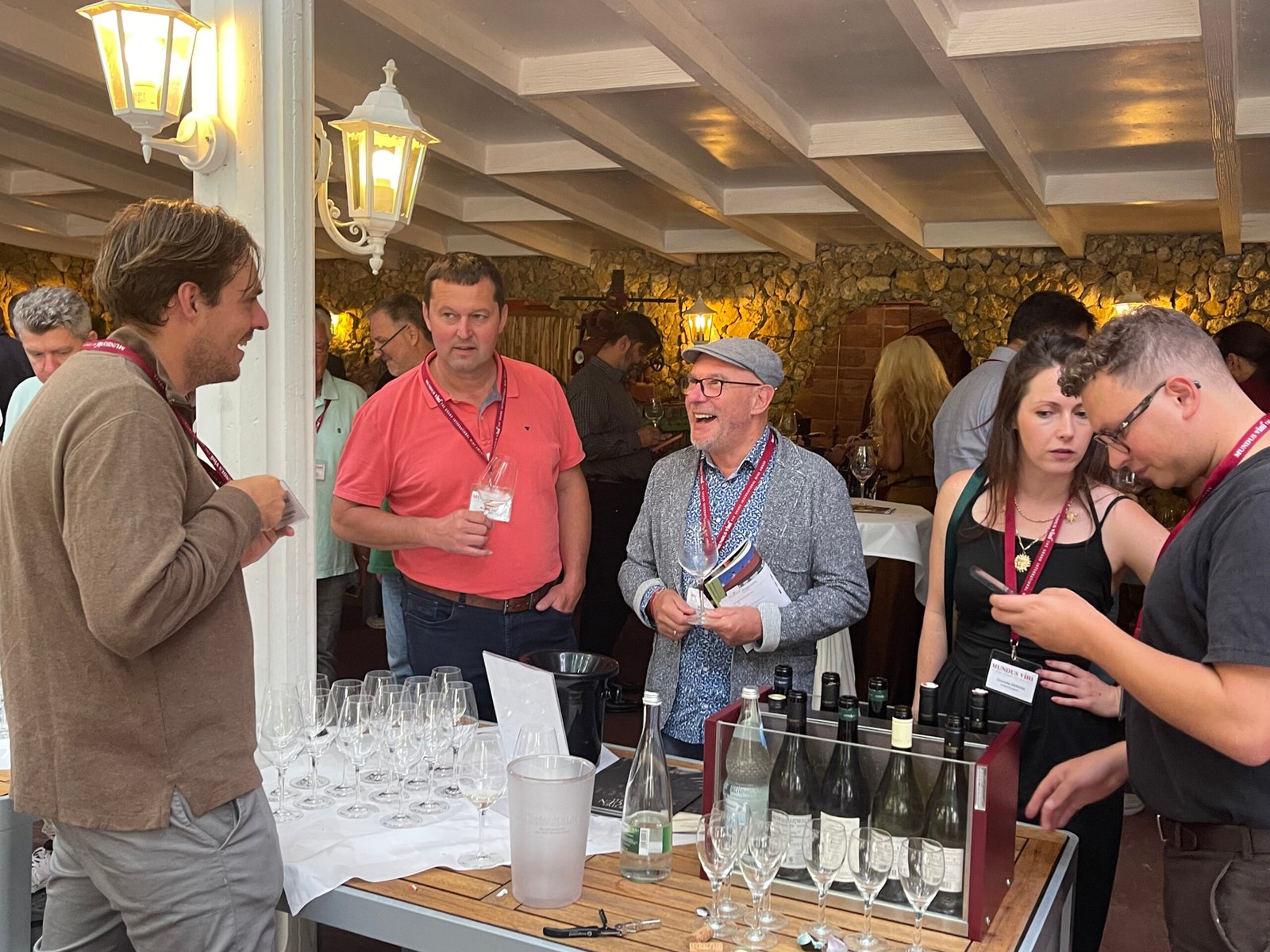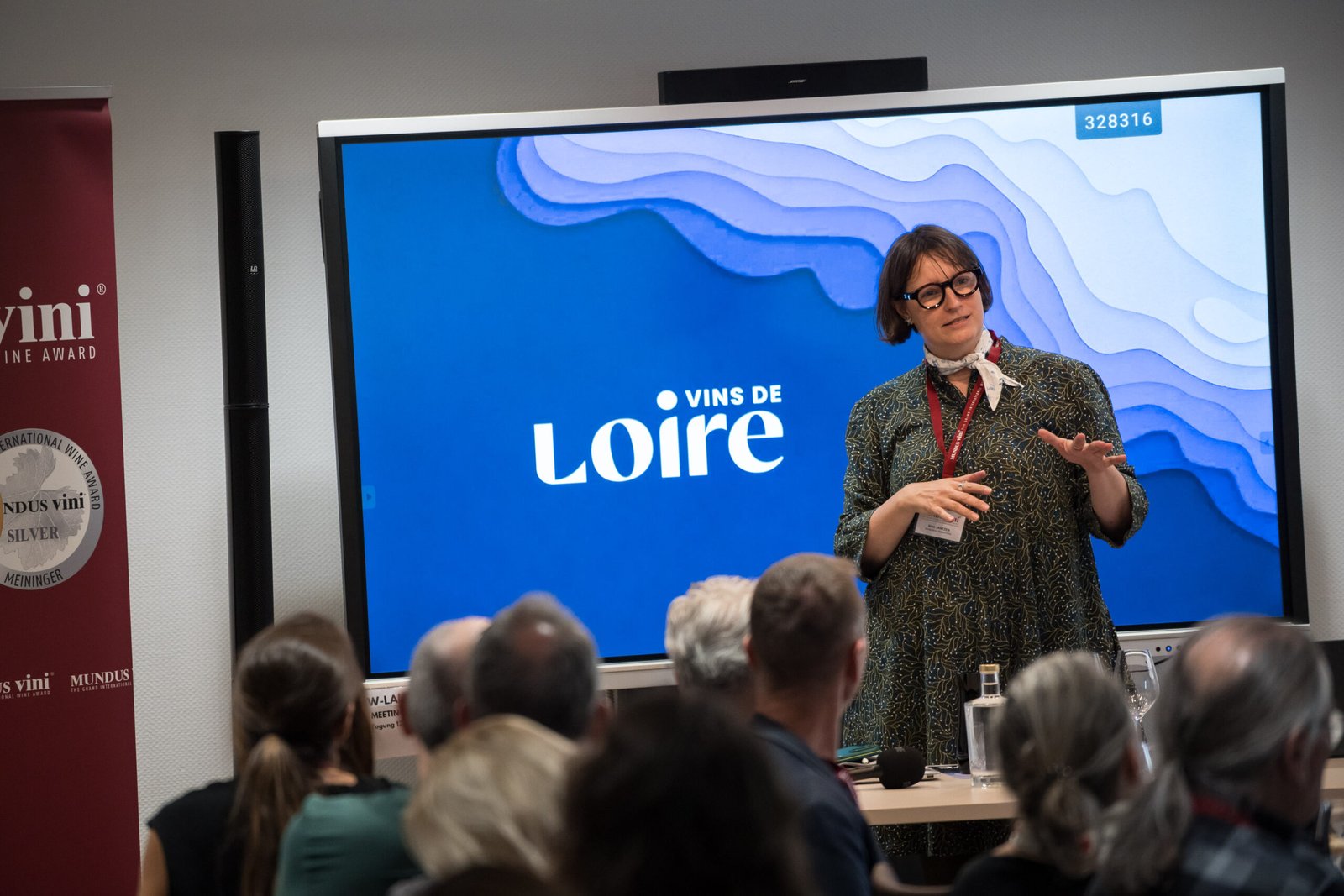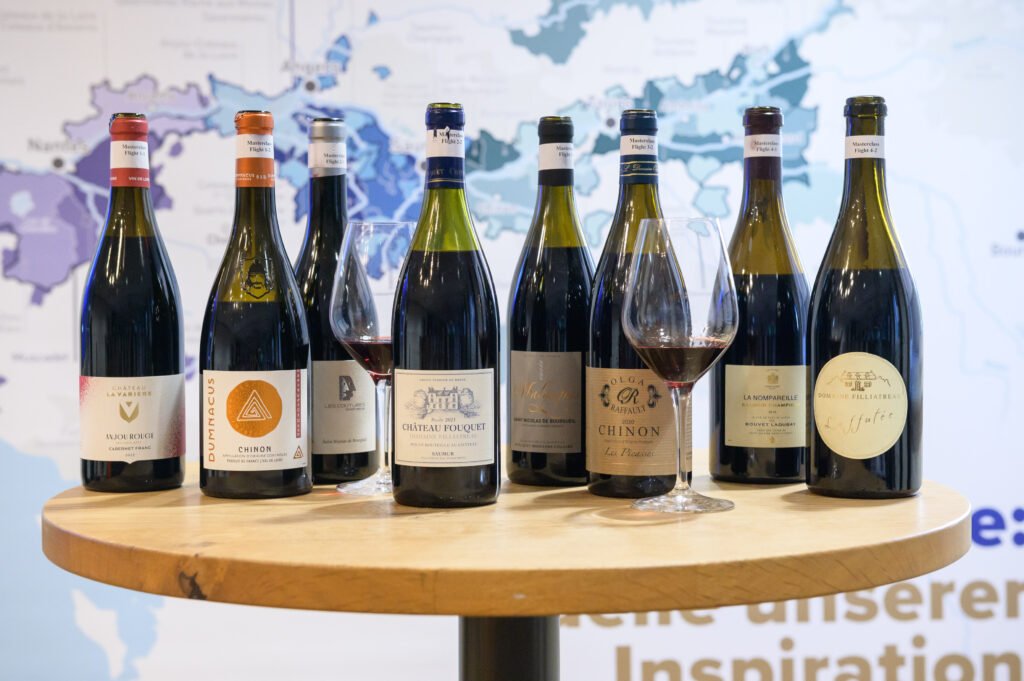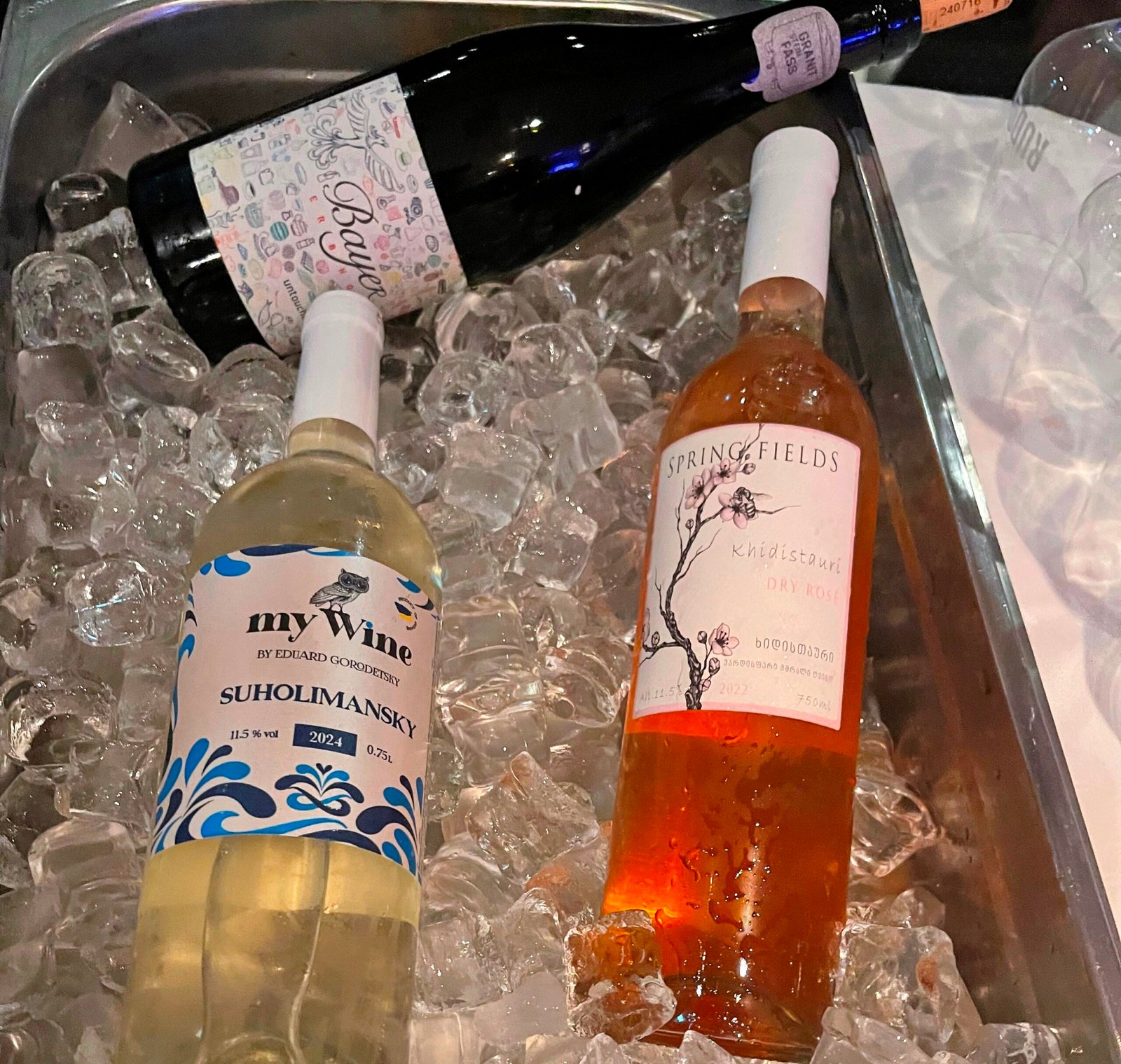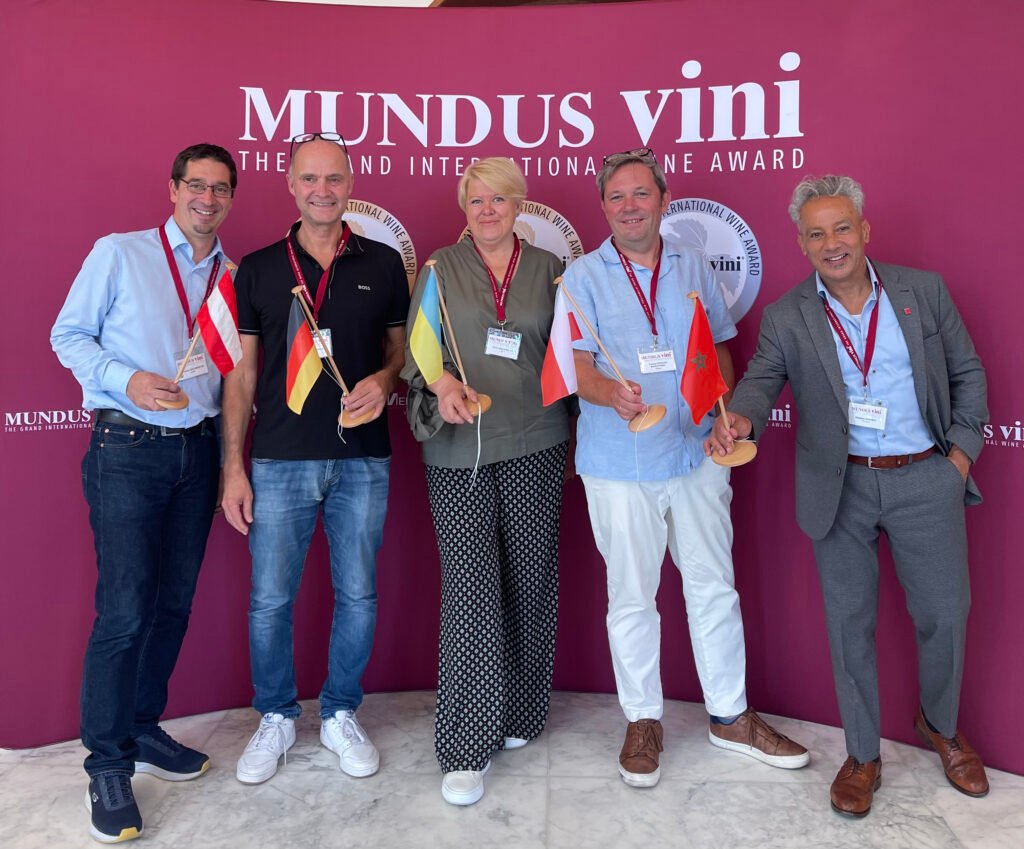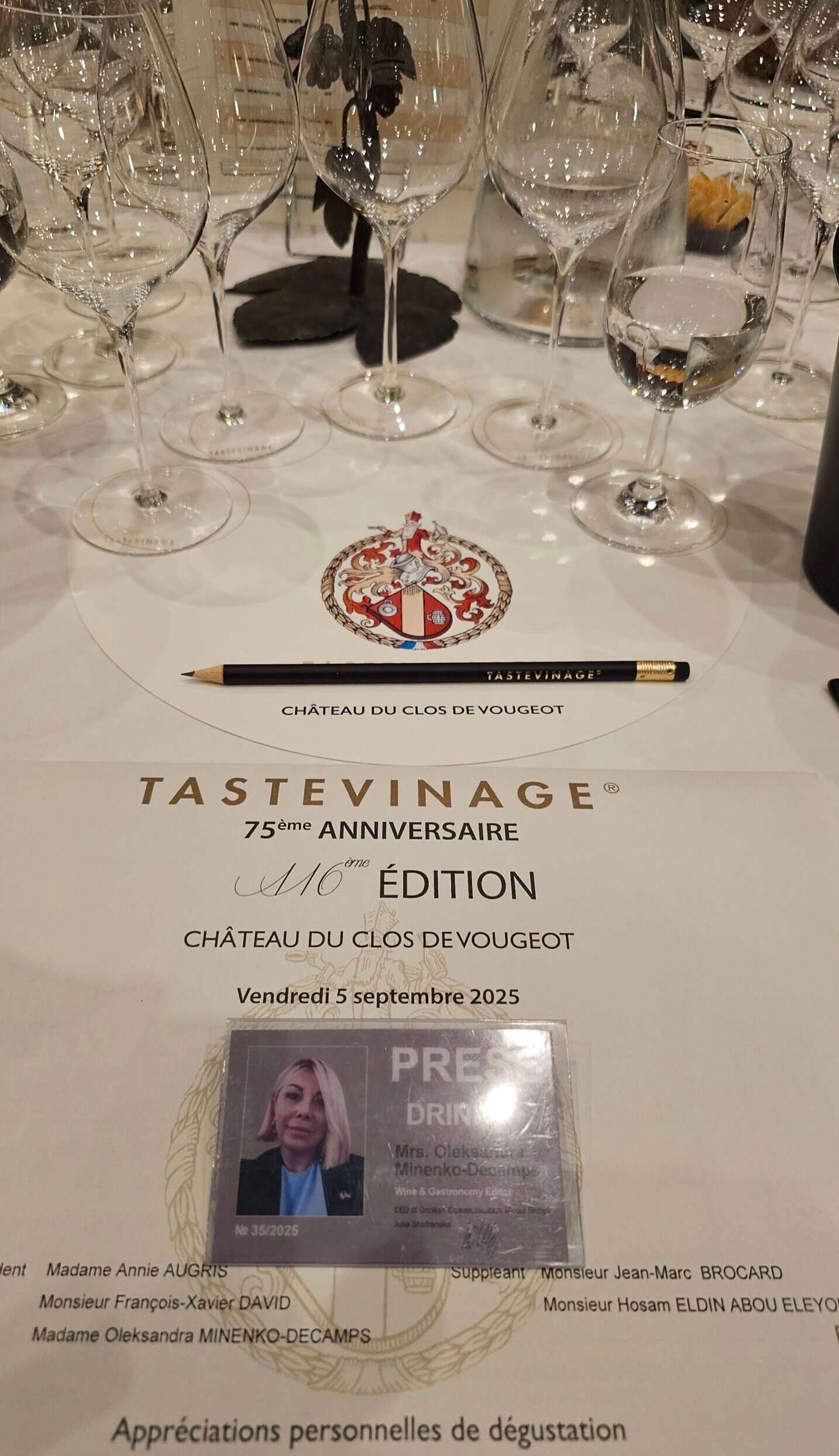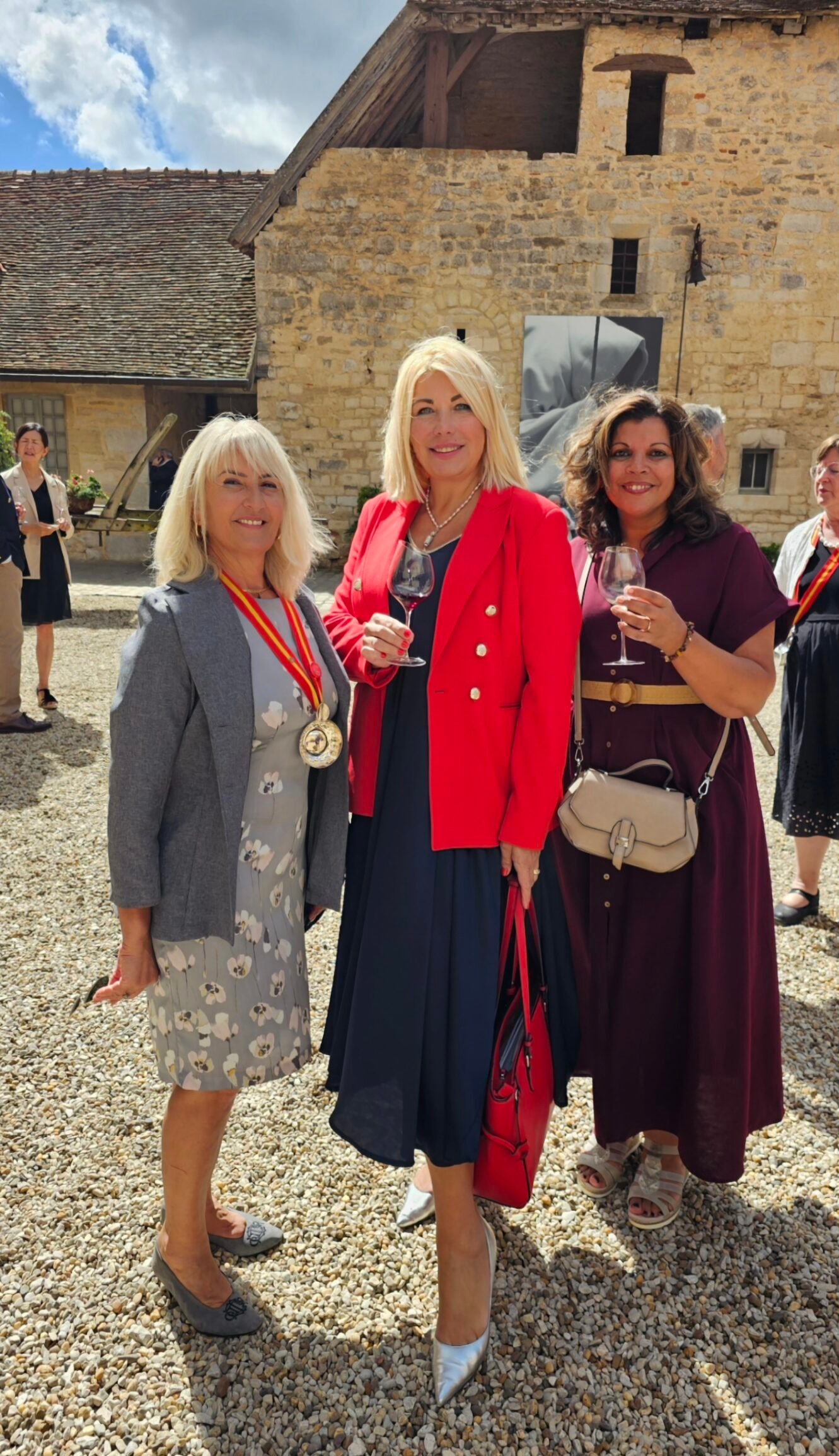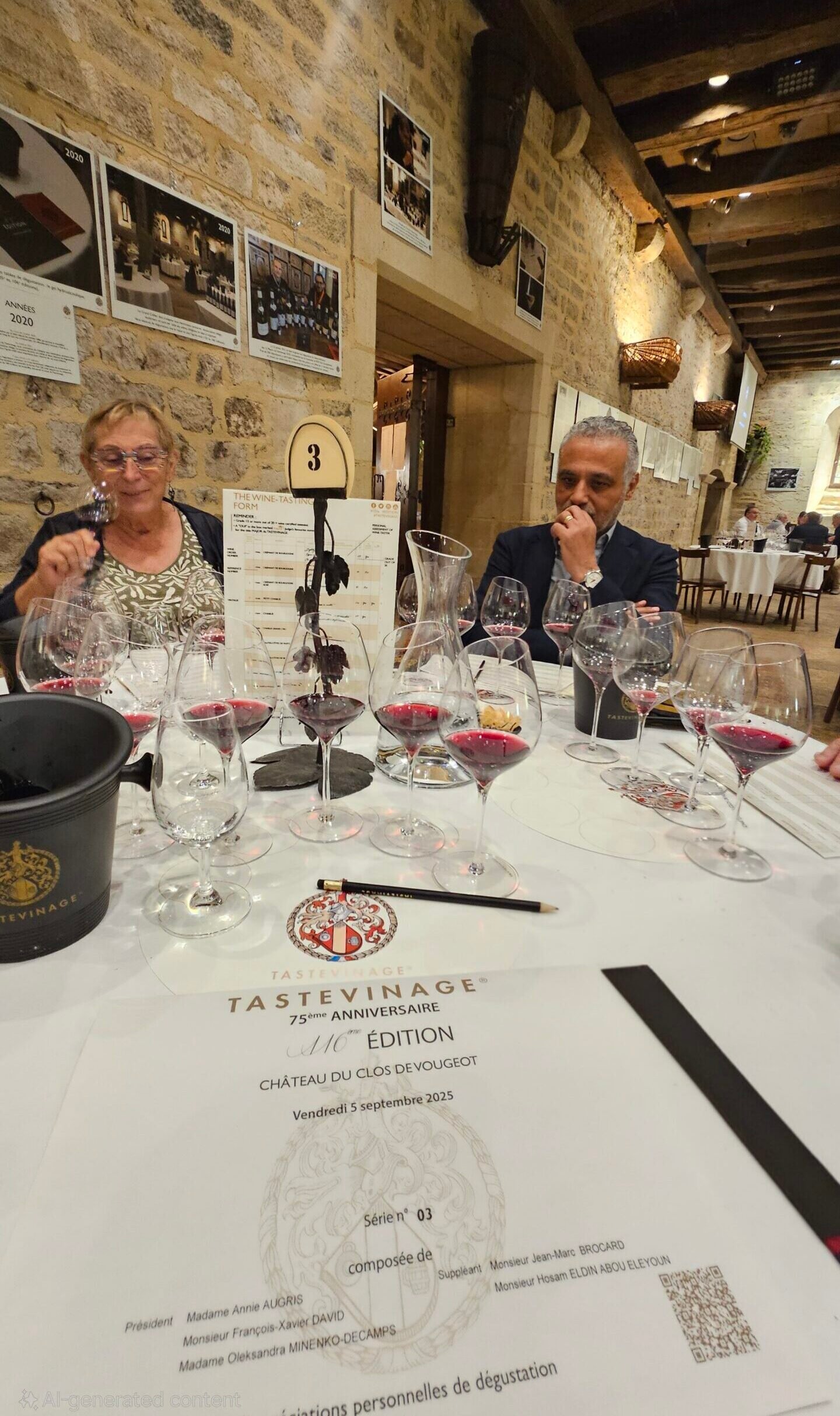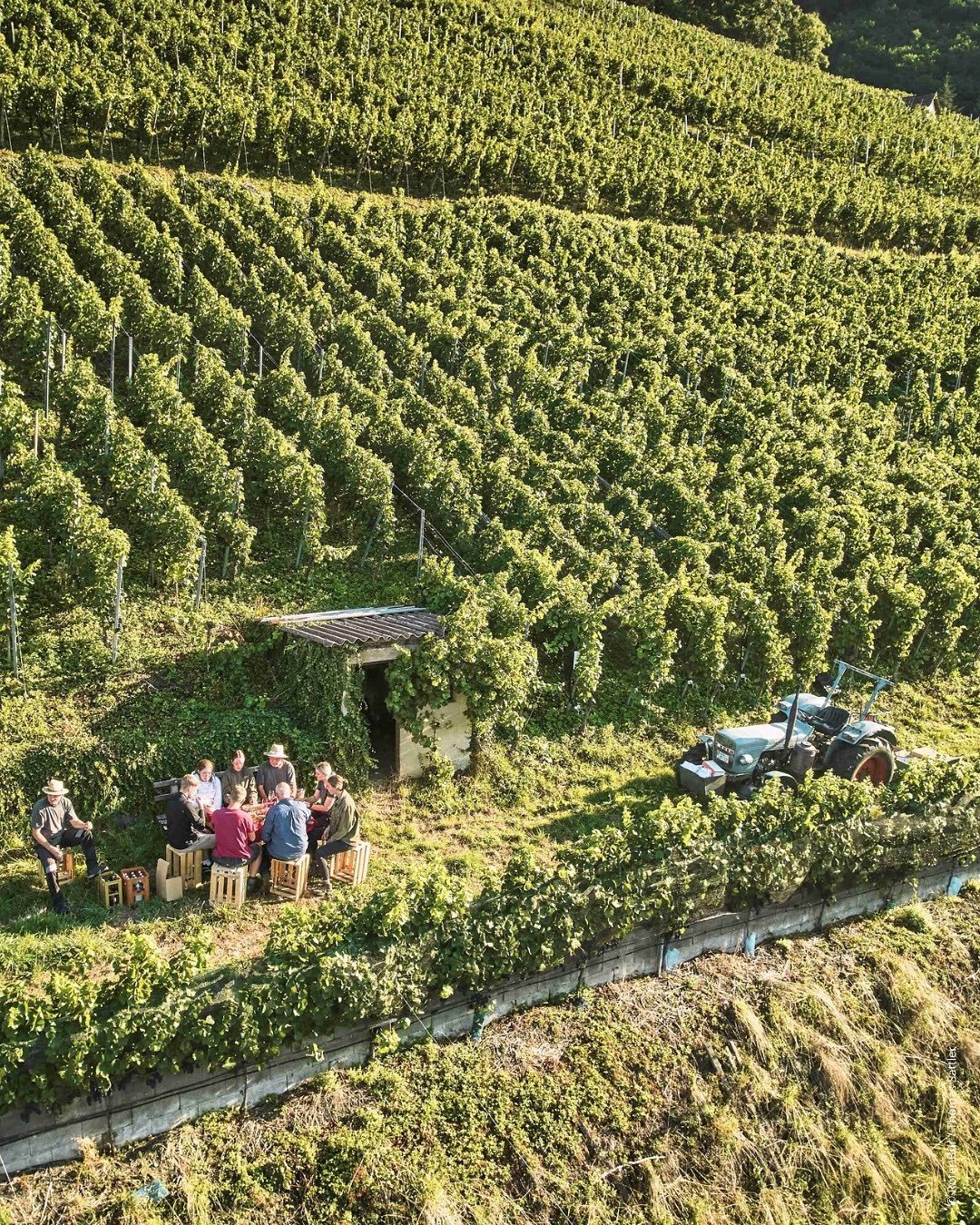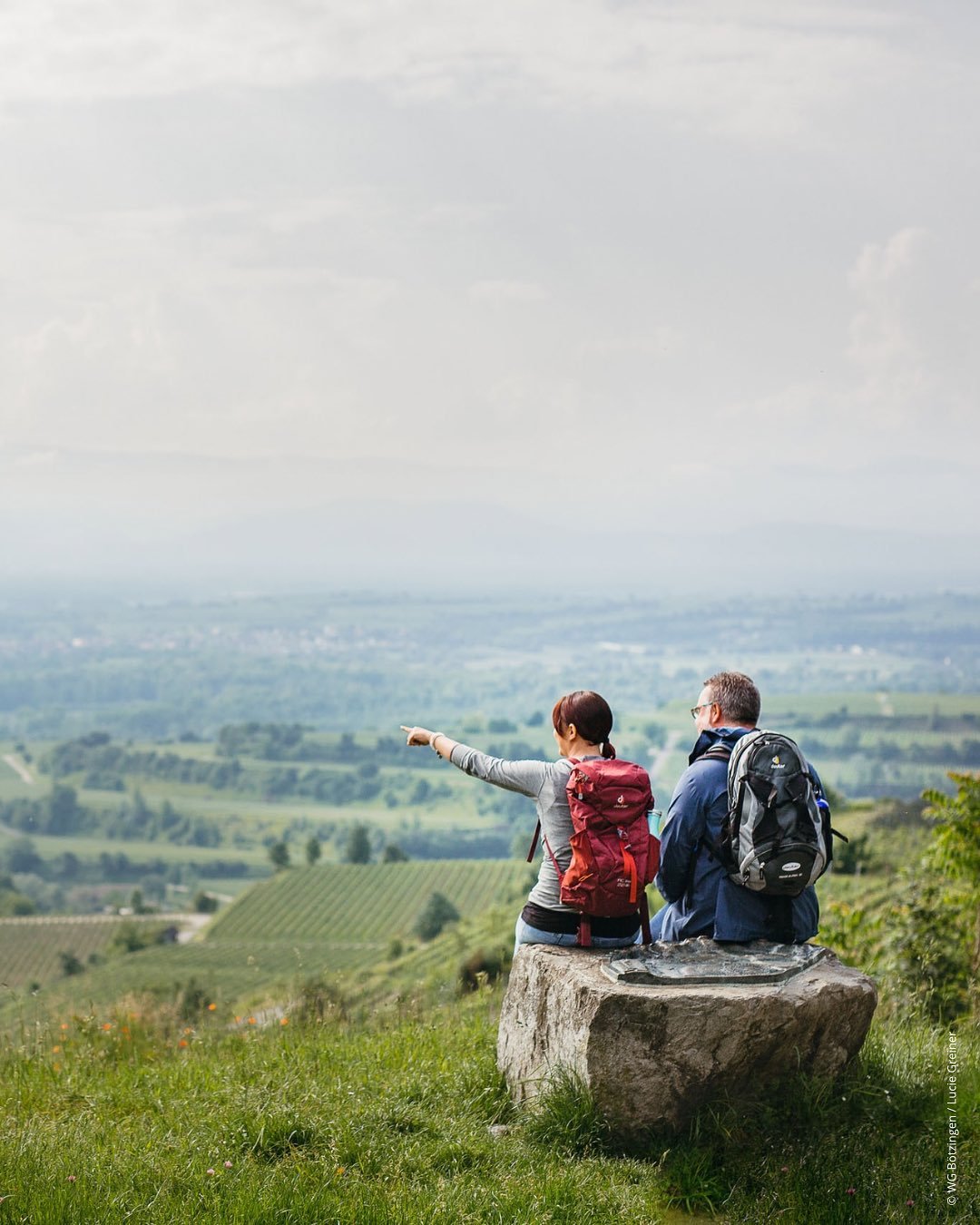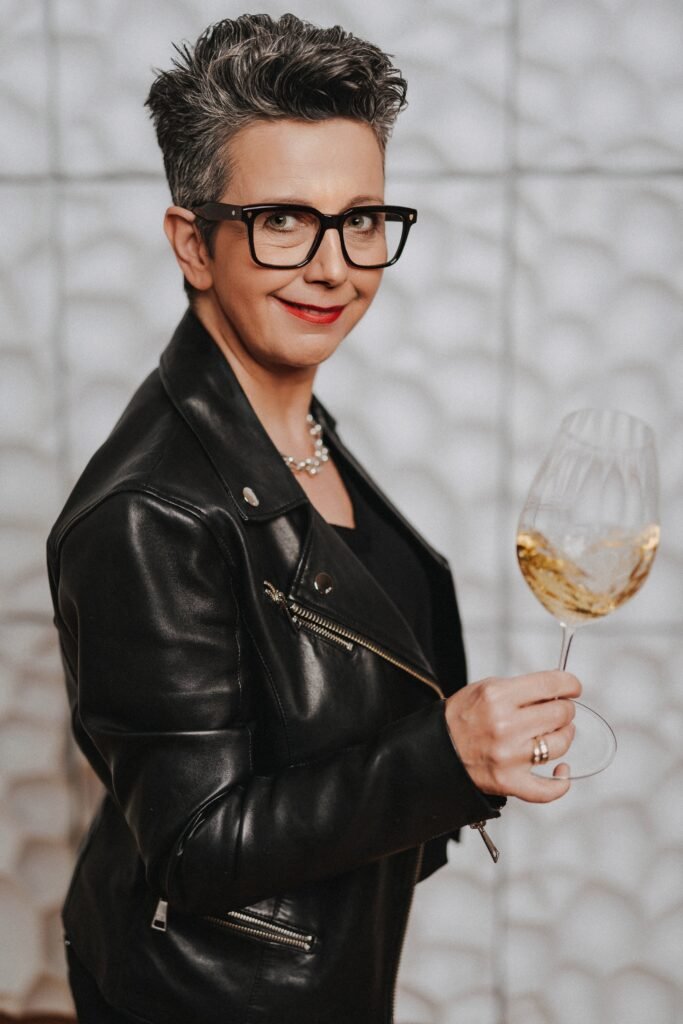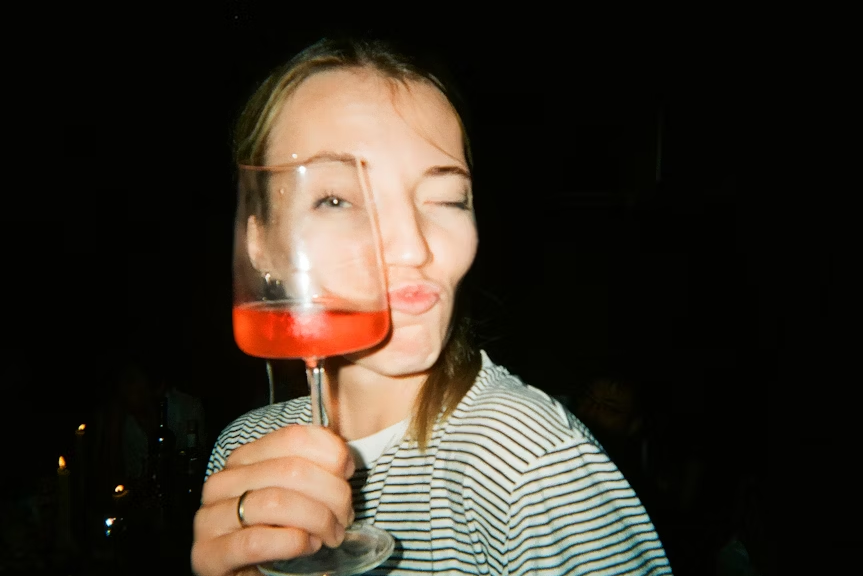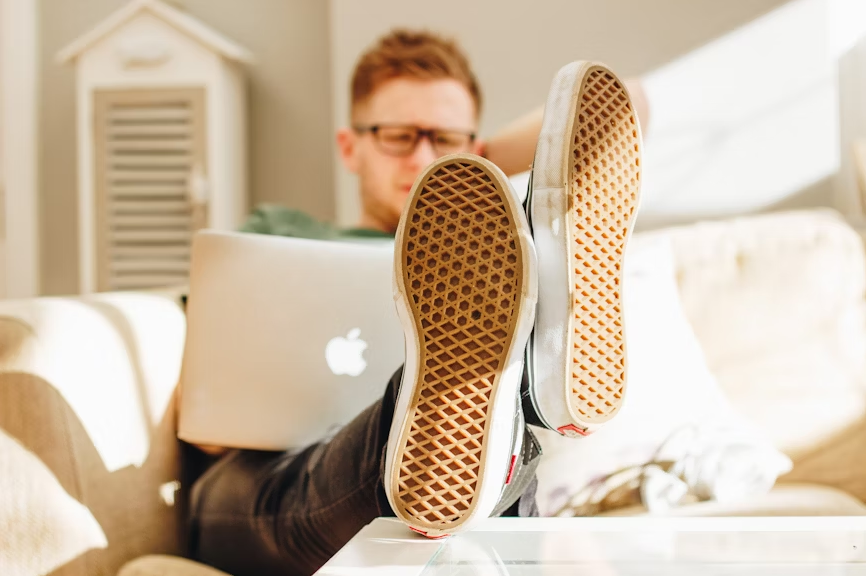On 7-10 September 2025, Kuala Lumpur, Malaysia, became the focus of the wine world as it hosted the ASI Best Sommelier of Asia & Pacific competition. The event, organized by the Sommelier Association of Malaysia (SOMLAY), brought together representatives of 14 national associations, confirming the country’s status as a professional hub. The ASI “Best Sommelier of Asia & Pacific 2025” competition in Kuala Lumpur was covered by Drinks+ editor Solomiia Begun.
Despite its European origins, today the Association de la SommellerieInternationale (ASI) – founded in 1969 in Reims, France – is represented on six continents. As the global advocate for modern sommeliers, it seeks to raise professional standards of restaurant service at the international level.
The first continental ASI “Best Sommelier of Asia & Oceania” competition was held in 2009 in Osaka, Japan, with nine national associations participating. The Sommelier Association of Malaysia has taken part in every subsequent competition in the region.
To clarify: ASI’s members are not individual sommeliers but national associations. At present, the organisation counts 63 full member associations and five observer countries, enabling it to conduct professional dialogue internationally, nationally, and locally. ASI’s mission is to facilitate the creation of a single national sommelier association in each country, coordinate tools and events for the development of the profession, raise consumer awareness of the sommelier’s role, and, of course, protect the profession’s ethical standards.
I can state with confidence: the calibre of sommeliers in Malaysia is rising rapidly. Hosting the continental ASI Best Sommelier of Asia & Pacific competition on 7-10 September 2025 in Kuala Lumpur has cemented the country’s status as a regional centre for professional competitions.
Let’s look at the global backdrop against which the event took place. The wine market shows mixed trends: after a moderate revival in 2024 – thanks in part to tourism – wine imports fell by roughly 30% in the first half of 2025. Market players are betting on premiumisation and the on-trade segment. Demand for no/low-alcohol and non-alcoholic gastronomic alternatives is shaping new pairing and tasting formats. The hospitality sector is also transforming. One indicator: the MICHELIN Guide Kuala Lumpur & Penang is expanding, including the country’s first Green Star.
Over the last decade, sommeliers in Asia, Oceania, and the wider Pacific region have shown steady professional growth. This is evidenced by the high number of Asian candidates attaining ASI Diploma Gold, as well as the region’s strong performances at world competitions – including a place on the podium at the ASI Best Sommelier of the World 2023 in Paris.
SOMLAY President Ronald W. Binati noted: “This event not only honours our sommeliers; it also gives us – as an association, a city, and a country – an opportunity to showcase our understanding of hospitality, the sommelier profession, and the culinary traditions of the world.”

The competition took place at DoubleTree by Hilton Kuala Lumpur. Over four days, contestants competed in theoretical, tasting, and service disciplines. Fourteen national associations – the largest number in the region’s history – took part: Japan, South Korea, Taiwan, China, Malaysia, Singapore, Indonesia, Vietnam, the Philippines, Thailand, Australia, New Zealand, Kazakhstan, and India.
They nominated 14 candidates, including:
• DorianneNeimard (Australia) • Kam Fung (Reeze) Choi (China) • Jai Singh (India) • Raymond AndiBajoTambunan (Indonesia) • Miyuki Morimoto (Japan) • RatmirAkhmetov (Kazakhstan) • Yi Ying Yong (Malaysia) • SurajGC (New Zealand) • Ian Odilio Santos (Philippines) • Celine Jung Mi Hyun (Singapore) • Jungmin An (Republic of Korea) • SuppawatTeeta (Thailand) • Thi Dung Tram Tran (Vietnam) • Patrick Chiu (Taiwan).
The competition was conducted under the guidance of a distinguished committee comprising Olivier Poussier (Best Sommelier of the World 2000, France), Shinya Tasaki (Best Sommelier of the World 1995, Japan), Andreas Larsson (Best Sommelier of the World 2007, Sweden), RaimondsTomsons (Best Sommelier of the World 2023, Latvia), Heidi Mäkinen (Master of Wine, Finland), DejanZivkoski (President, Sommelier Association of Serbia), and Saiko Tamura-Soga (ASI Vice President, Asia & Pacific).
Among the event’s guests were importers, wineries, embassies, trade boards, and brand owners. Throughout the days they were able to attend masterclasses, a wine expo, professional tastings, and meet representatives of the local wine industry. A gala dinner was the final note. But let me start at the beginning.
The ASI “Best Sommelier of Asia & Pacific 2025” opened on 7 September with the Wine & Sake Showcase – the largest wine and bar event in Malaysia this year. The showcase brought together 25 exhibitors and 150 international delegates – industry professionals and media.
The exposition featured wines, sake, and spirits from partners across the globe. Among the New World brands: Penfolds, Jacob’s Creek, Montes, Grant Burge, Chryseia, Trivento, Hardys. Old World producers included Champagne ARLAUX, Talamonti, Bovin Winery, SchlossJohannisberg, and others.
The event’s depth was ensured by specialised importers and distributors: Hank’s Retail, With Love From Italy, Dionysus Asia, Spanish Cellar KL, Mirage Synergy, JS International, Albert Wines & Spirits, and Vinexposium. The world of sake was represented by the Japan Sake and Shochu Makers Association and Mikuni Food Distribution. The Chinese brand Moutai (CMPM) presented the national distillate. I was personally impressed by the 52% Chinese spirit Yanghe (Jiangsu Yanghe) –a heritage reaching back over a thousand years, a model of quality and tradition. The brand’s bottles – silver-blue with gold accents – stand out with a luxurious, almost regal style. Notably, guests also singled out the Polish mineral water Perlage – by quality, it is among the best in the world.
Stölzle Lausitz presented premium German glassware, while Vintec showcased modern solutions for wine storage. The educational component was strengthened by The Beverage Clique Academy Malaysia, underlining the event’s role as a platform for cultural and professional exchange.
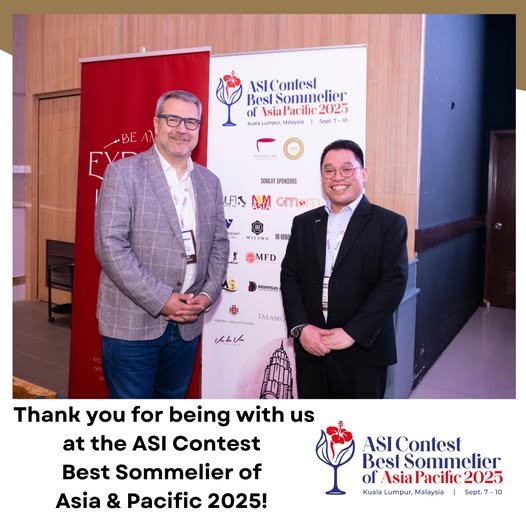
SOMLAY President Ronald W. Binati opened the competition with these words: “This is not just an event – it is a milestone for Malaysia. We welcome the region’s best sommeliers, demonstrating our understanding of hospitality, the culture of service, and professional standards. For Malaysian sommeliers this is an opportunity – doors that open new horizons, inspire, and shape the future. The ASI competition is not only a technical contest. It is a platform for intercultural exchange, professional growth, and the setting of new standards in wine service.
“For the Asia-Pacific region, the significance of this competition cannot be overstated. It is a great convergence – a tapestry woven from diverse cultures and backgrounds, philosophies and innovations of many nations. Here, borders dissolve – and collaborations are born. We forge friendships that cross boundaries, share knowledge that enriches everyone, and set new standards of excellence that will shape the profession for generations to come.
“The ASI competition celebrates not only technical mastery but also the spirit of service, the joy of discovery, and the profound ability of sommeliers to bridge cultures and create unforgettable memories. It is a tribute to every night of study, every obstacle overcome, and every moment of inspiration – over a glass of wine.”

Four days – that felt like one
ASI CONTEST BEST SOMMELIER OF ASIA & PACIFIC is a multi-day competition that includes written examinations, blind tastings, and practical service tasks. After the quarter-final and semi-final, the top three advance to the final, where they must complete various tasks under the supervision of the ASI Competitions Committee.
Events of this kind reach far beyond the competition stage – they are the moments when the global sommelier family gathers to share knowledge, celebrate diversity, and honour the craft. Such meetings create a unique space for candidates, association delegates, the press, and ASI leaders to connect, exchange ideas, and build lasting relationships.
Day 1-2 – written section and blind tasting
The opening days set a brisk pace: intensive theory tests in the morning, lightning-fast blind tastings in the afternoon (classic varieties, a mix of regions, fortified wines and spirits). Professional business meetings and new connections – during the evening receptions.
Day 3 – semi-finalists announced
At this stage, candidates who had arrived in Malaysia from across the Pacific Rim underwent a rigorous quarter-final – a combination of service, tasting, and written trials.

This year’s line-up was a mix: from debutants of the “Best Sommelier of Asia & Pacific” to seasoned competitors – such as Reeze Choi, representing China, who took third place at the ASI Best Sommelier of the World 2023 in Paris. It was gratifying to see an excellent balance of women and men – reflecting the profession’s true diversity and growing interest among women.
After the quarter-final round, contestants, national presidents, judges, and partners gathered in the Banquet Hall of DoubleTree by Hilton Kuala Lumpur for a celebratory dinner and the long-awaited announcement of the semi-finalists.

Semi-finalists: Reeze Choi (China) • Miyuki Morimoto (Japan) • RatmirAkhmetov (Kazakhstan) • Yi Ying Yong (Malaysia) • Celine Jung (Singapore) • JungminAn (South Korea) • Patrick Chiu (Taiwan).
Day 4 – high service is the calm resolution of problems, disguised as elegance
Watching this competition is a true reward. It demonstrates the fruits of a comprehensive effort: the tireless work of regional sommelier associations – in partnership with ASI – and the constant drive to provide educational initiatives (such as the ASI Sommelier Guidelines), opportunities like ASI Bootcamp, and ASI certifications, including the ASI Diploma.
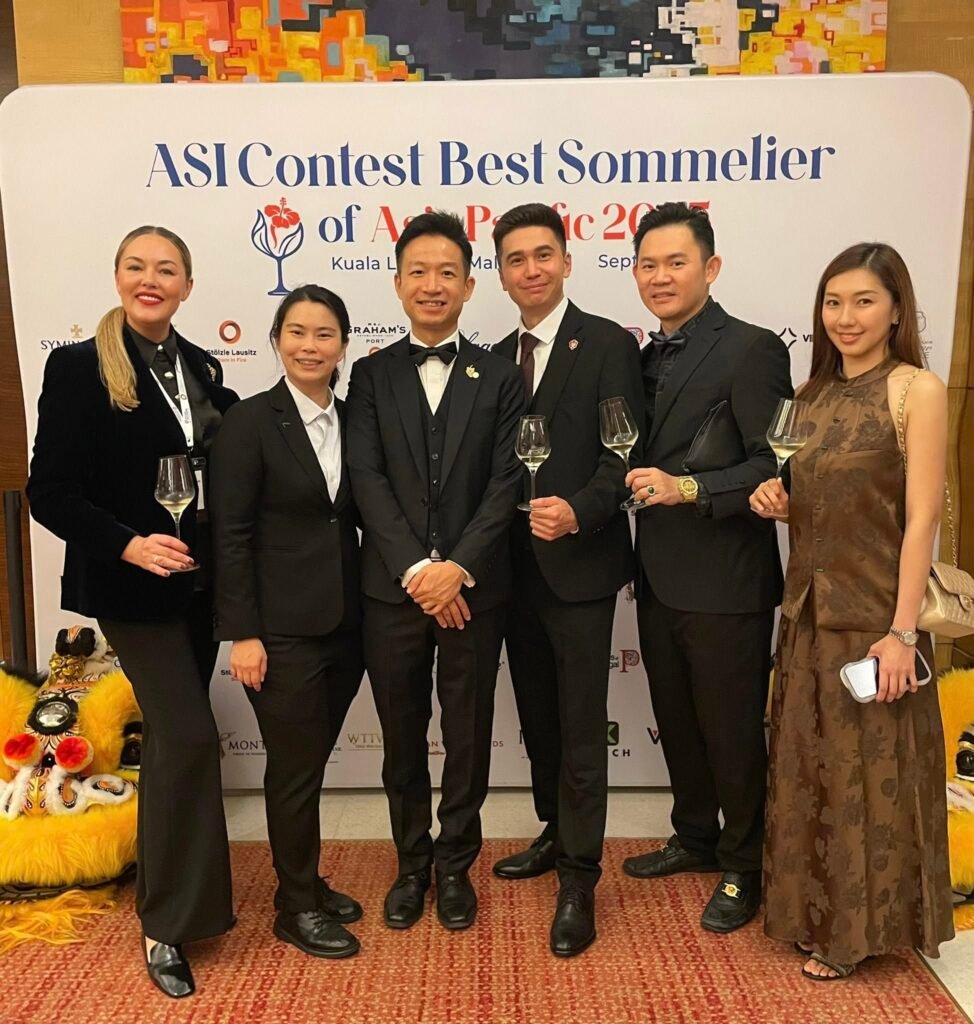
The audience settled in for the grand final – tension filled the hall. The semi-finalists’ names were announced in reverse order, and with each name the contestants drew closer to the top honour. When Patrick Chiu of Taiwan was announced in fourth place, a wave of anticipation swept over the remaining trio:
- Yi Ying Yong (Malaysia – ASI Diploma Gold 2025 – participant of ASI Bootcamp 2025)
- RatmirAkhmetov (Kazakhstan – ASI Diploma Gold 2020 – participant of ASI Bootcamp 2025)
- Reeze Choi (China – ASI Diploma Gold 2020 – participant of ASI Bootcamp 2025).
The finalists stepped under the spotlights for the trial: multi-glass identification, high-speed service for a demanding table, and a menu-pairing pitch that could have served as an opening-night speech for a restaurant. The audience saw the craft—the candidates felt the maths. Everything happened live – the event was streamed worldwide.

The trio drew lots to determine the order of the final trials. Yi Ying Yong went first, plunging straight into a demanding sequence of service, tasting, and theoretical tasks—each designed to test even the most experienced sommelier at the limits of their abilities.
One by one, the finalists displayed mastery – keen palates, unshakable composure, and the elegance of service that defines the pinnacle of the profession. When the last task of the last contestant ended, silence fell. The judging results were due any minute.
After a pause that felt like an eternity for the participants, RatmirAkhmetov was awarded third place (second runner-up), leaving two contenders in tense anticipation. And then – amid a burst of applause – ASI President William Wouters announced the winner: the new ASI Best Sommelier of Asia & Pacific is Reeze Choi of China!
Winners: 1st place – Reeze Choi, China; 2nd place – Yi Ying Yong, Malaysia; 3rd place – Ratmir Akhmetov, Kazakhstan.
Why this competition matters
For the region, it is a moment of “levelling up”: more scholarships, stronger mentoring networks, and higher expectations from hotels and restaurants. For young sommeliers, it is proof that a global career can be built in Kuala Lumpur.
The competition concluded on Wednesday, 10 September, with the final and the coronation of the ASI Best Sommelier of Asia & Pacific 2025.
At the press conference, gold medallist Reeze Choi said he has been competing for 13 years – at 37 years old, almost a third of his life. Accepting this latest award, he thanked ASI, which he described as “not only an association but a big family – a family with whom he is growing and improving together.” He also thanked his family, especially his wife, who, he said, “worries a lot” while he prepares for competitions. He paid tribute to the Hong Kong Sommelier Association and his long-time mentor Henry Chang.
Asked what he plans to do next, he mentioned the upcoming World Championship in 2026 (held once every three years), where he stands a strong chance: he was a semi-finalist in 2019 and took third place in 2023. So we’ll be watching closely!
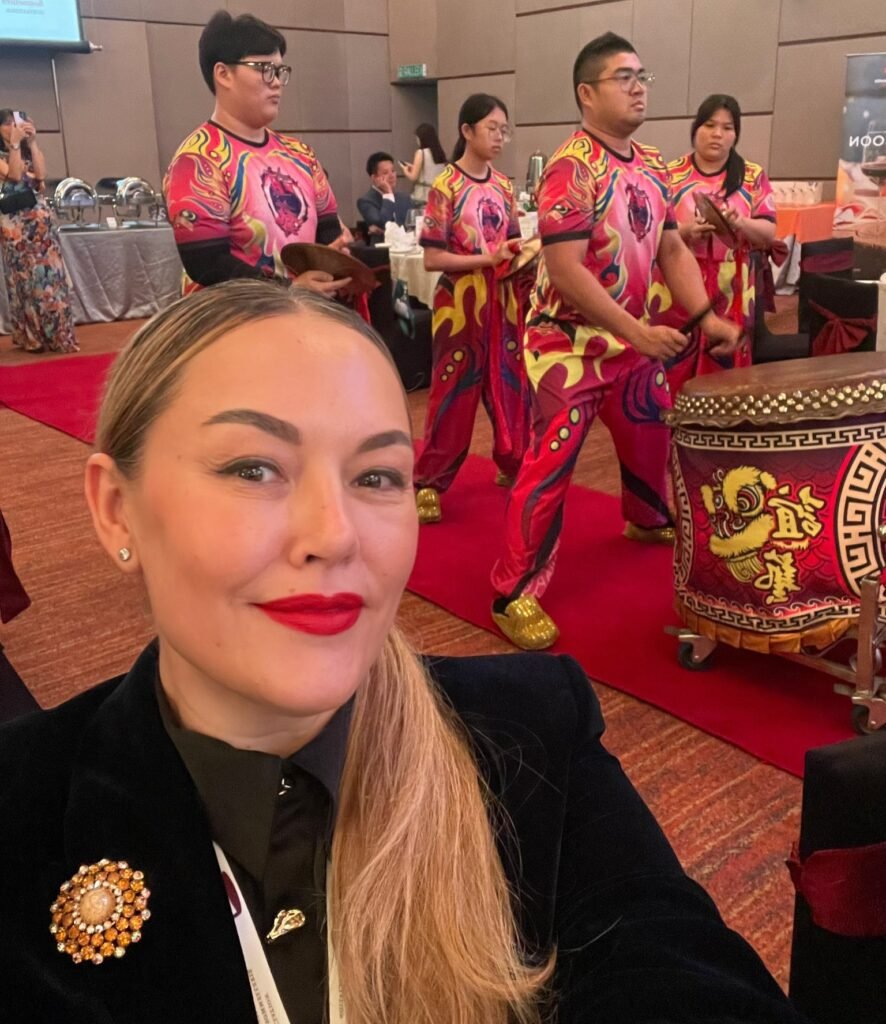
From the author
Together with DRINKS+ MEDIA GROUP, I would like to express my sincere gratitude to Ronald Willie Binati, President of the Sommelier Association of Malaysia, and his dedicated team for their warm hospitality and tireless efforts in organising this prestigious event. My heartfelt thanks also go to all partners and sponsors – global and local – whose support and faith made this competition possible and unforgettable.
We also congratulate all participants! Being chosen to represent one’s country is already an outstanding achievement and a great honour. The experience you have gained – together with new knowledge, skills, and contacts – will accompany you throughout your professional journey and help strengthen the bonds and spirit of our global wine community.
⇒ Join our social networks ⇒ Optimistic D+ editors will take this as a compliment.
⇒ Every like is taken as a toast!
Photo: @andykho, Solomiia Begun
On 7-10 September 2025, Kuala Lumpur, Malaysia, became the focus of the wine world as it hosted the ASI Best Sommelier of Asia & Pacific competition. The event, organized by the Sommelier Association of Malaysia (SOMLAY), brought together representatives of 14 national associations, confirming the country’s status as a professional hub. The ASI “Best Sommelier […]

